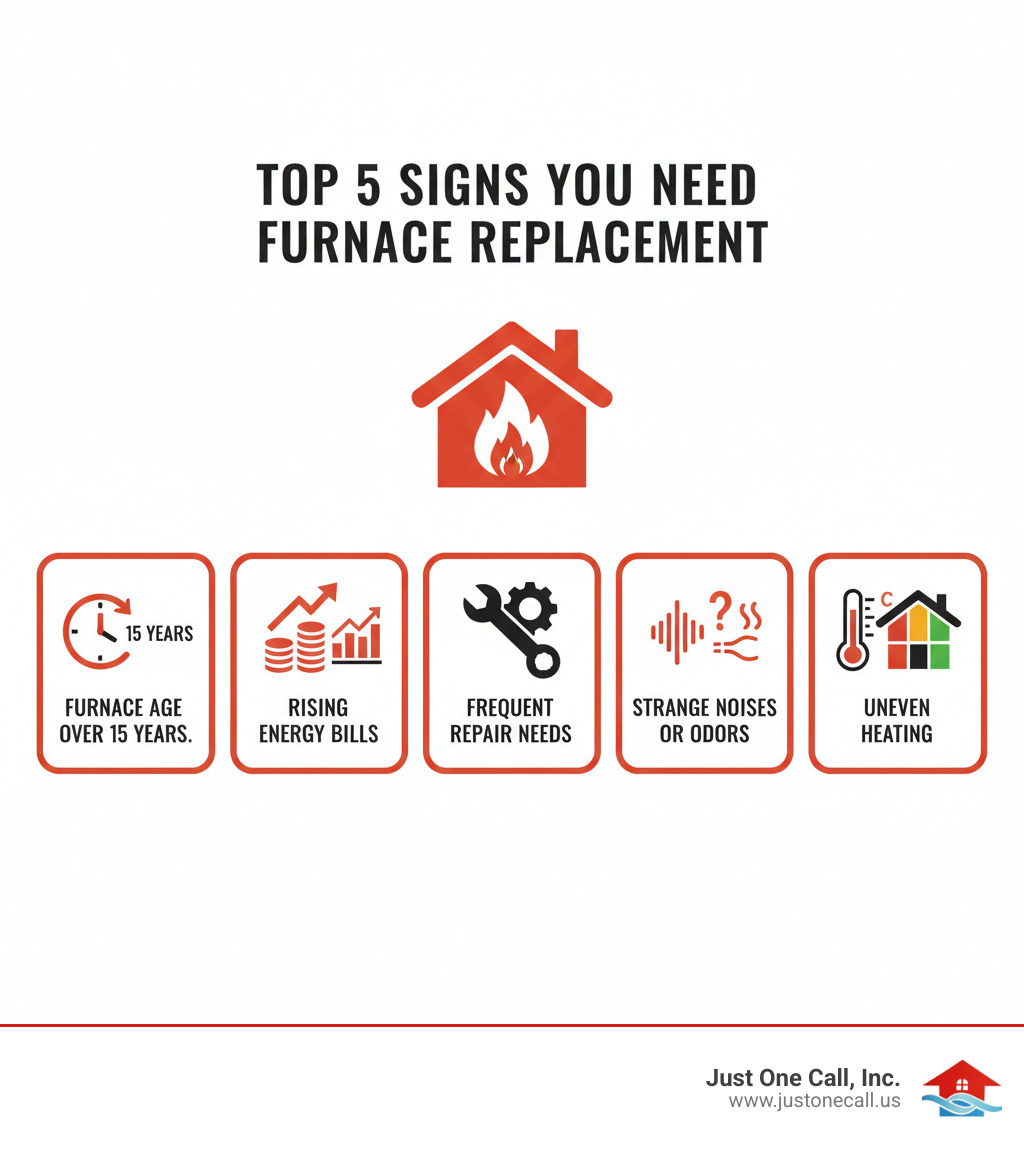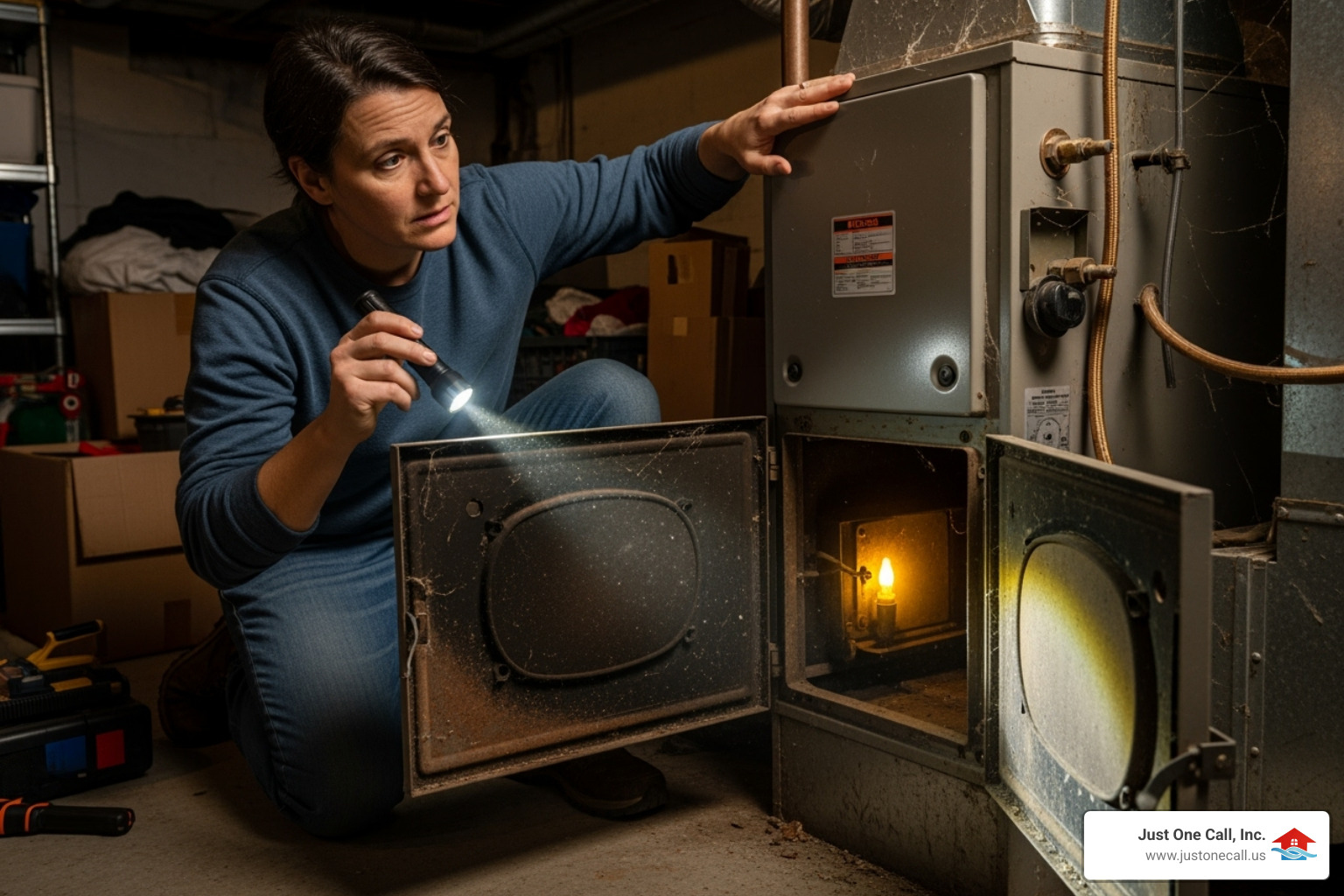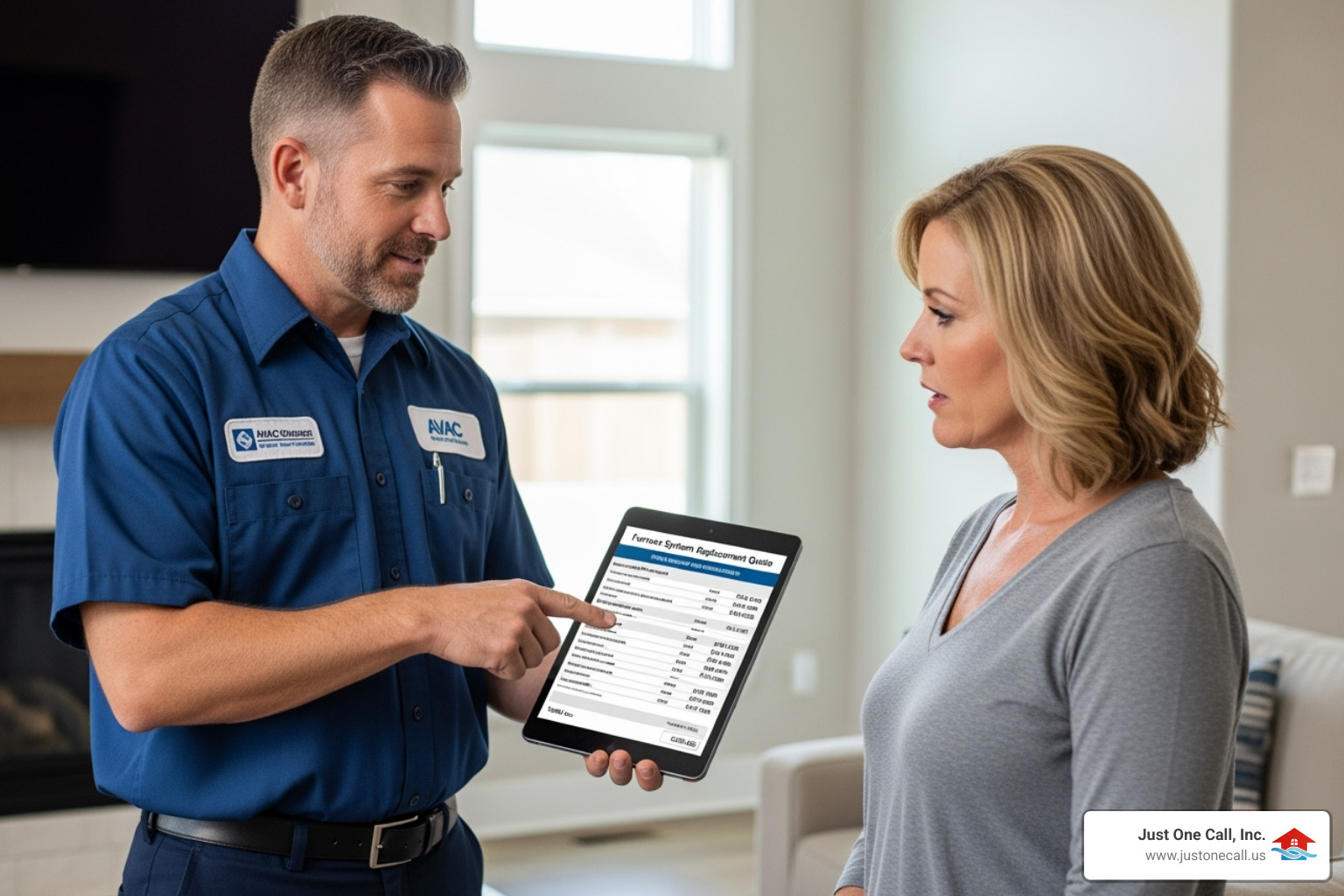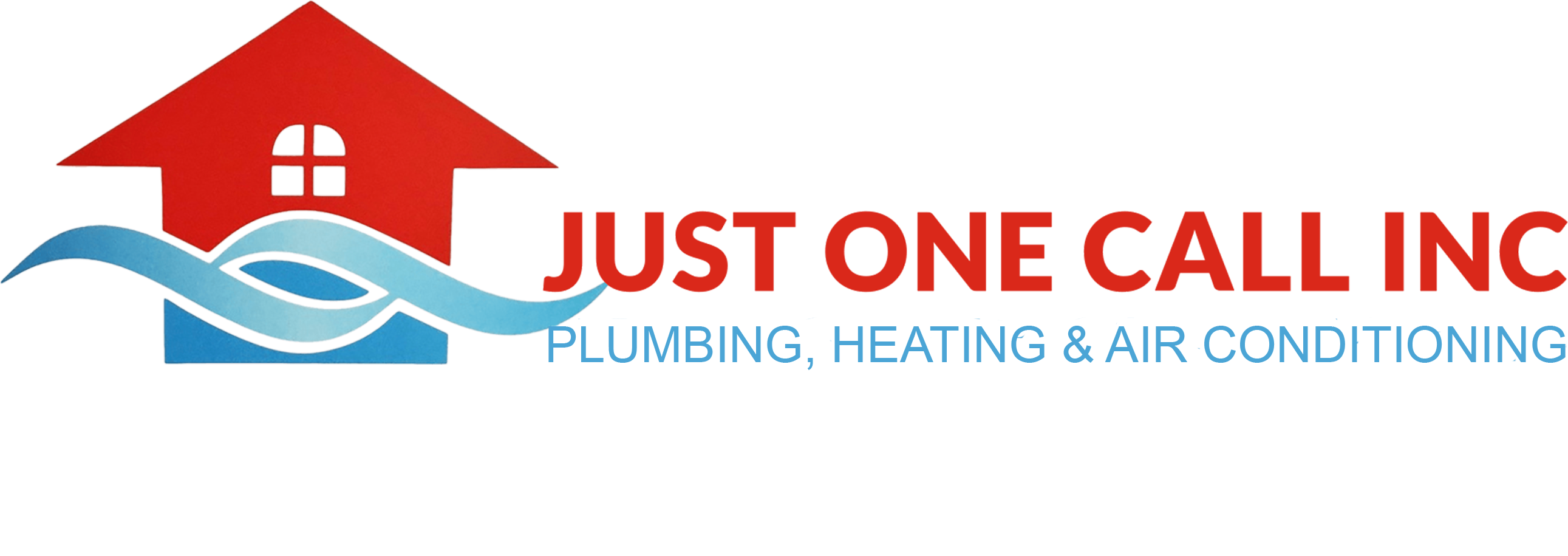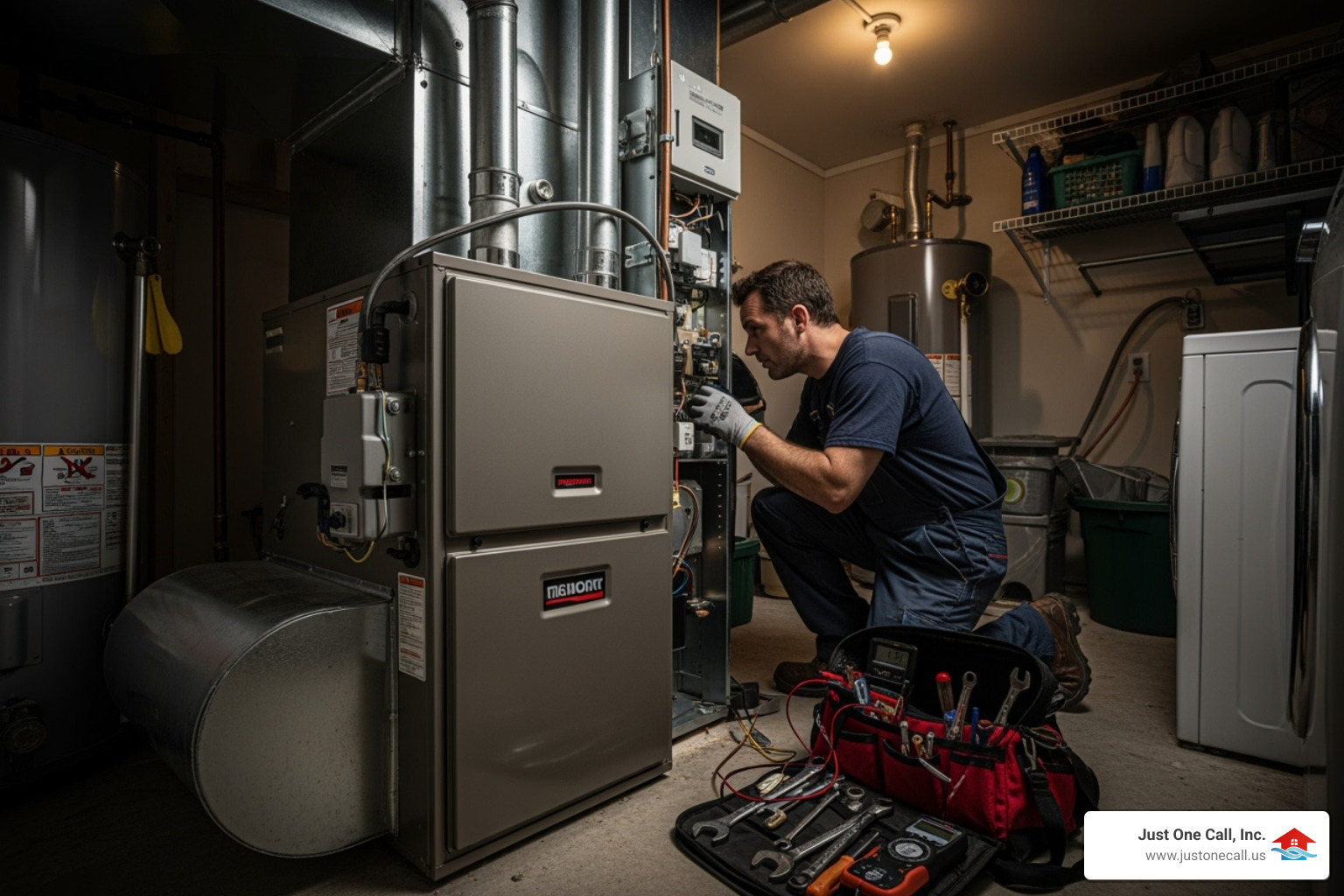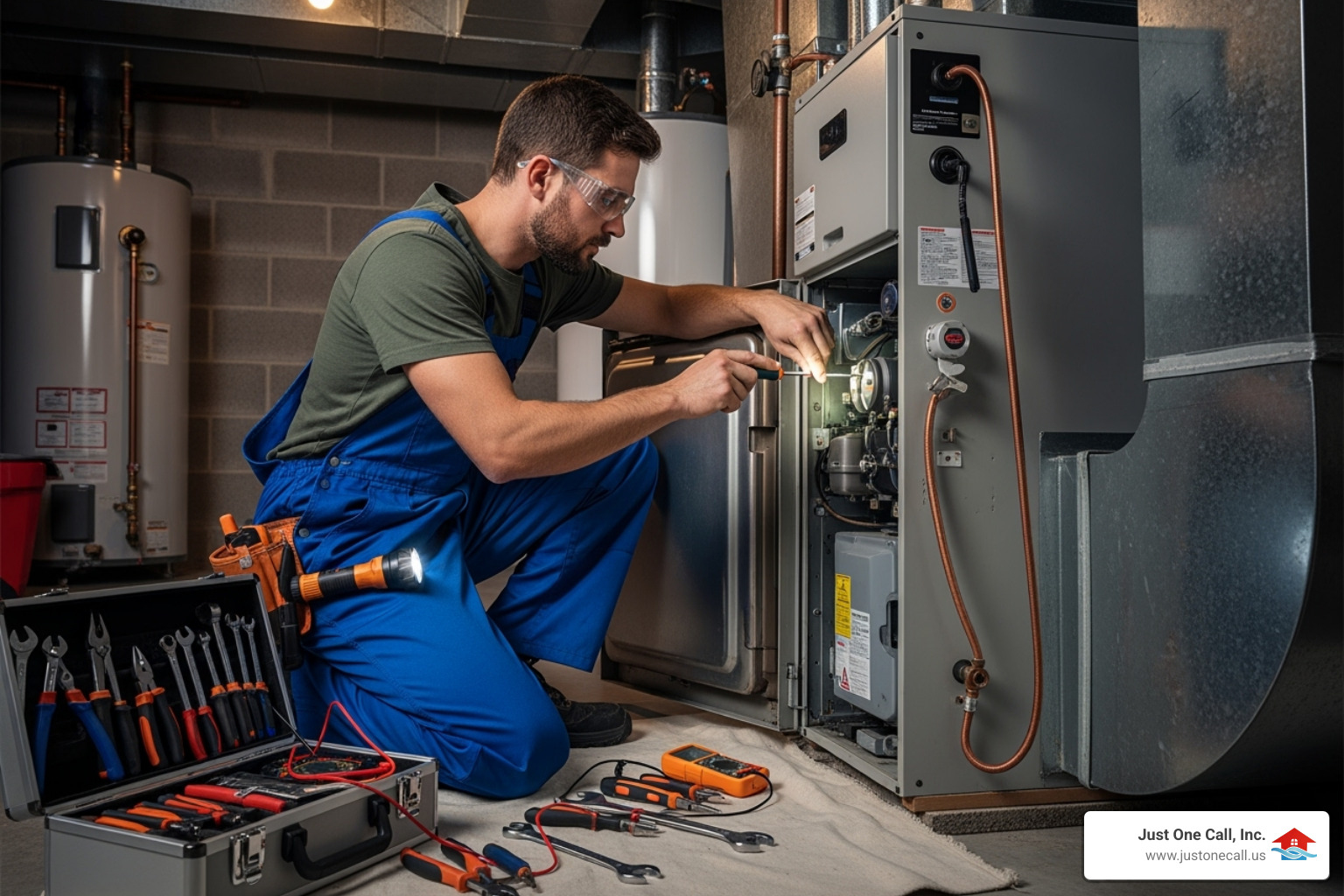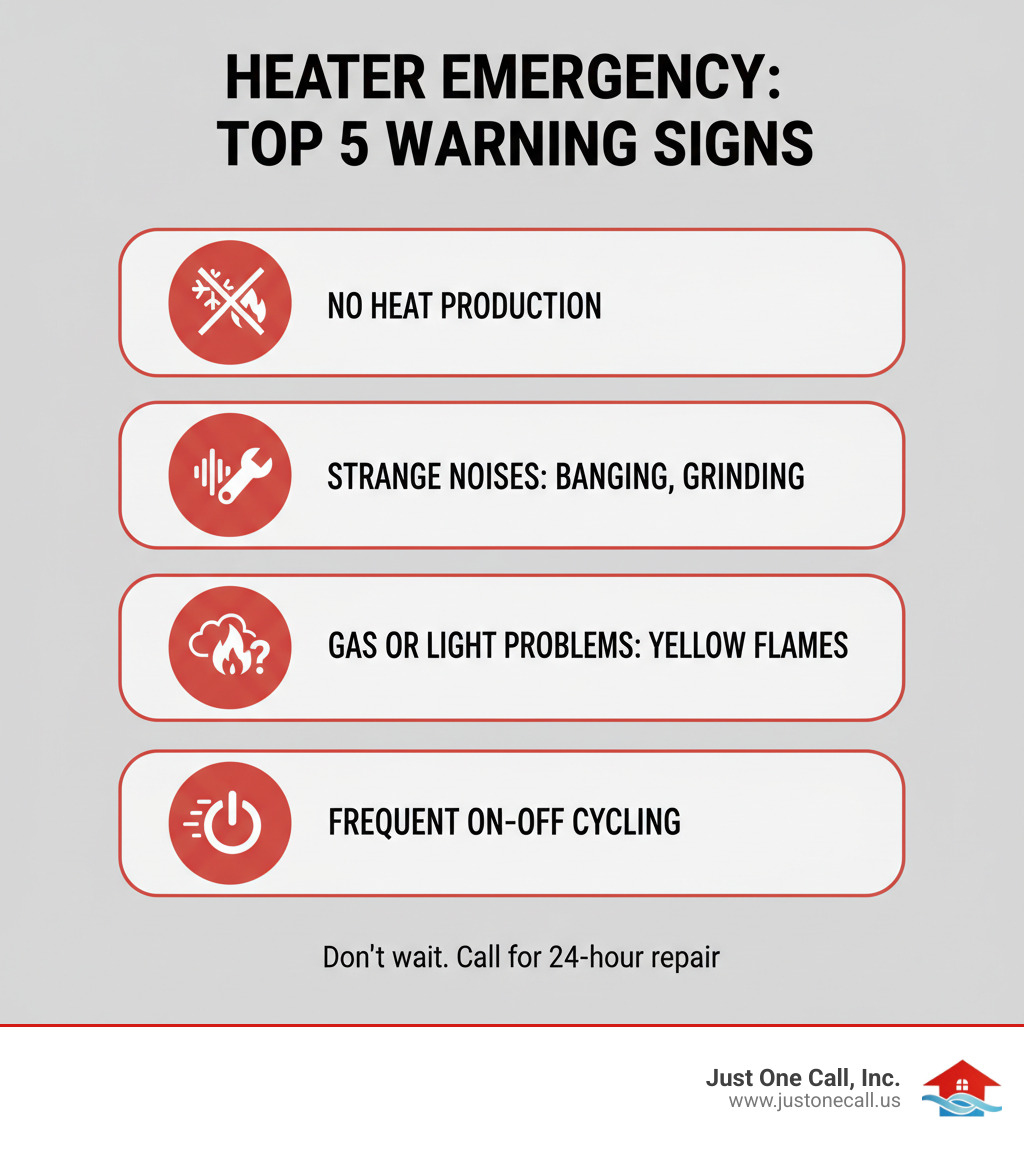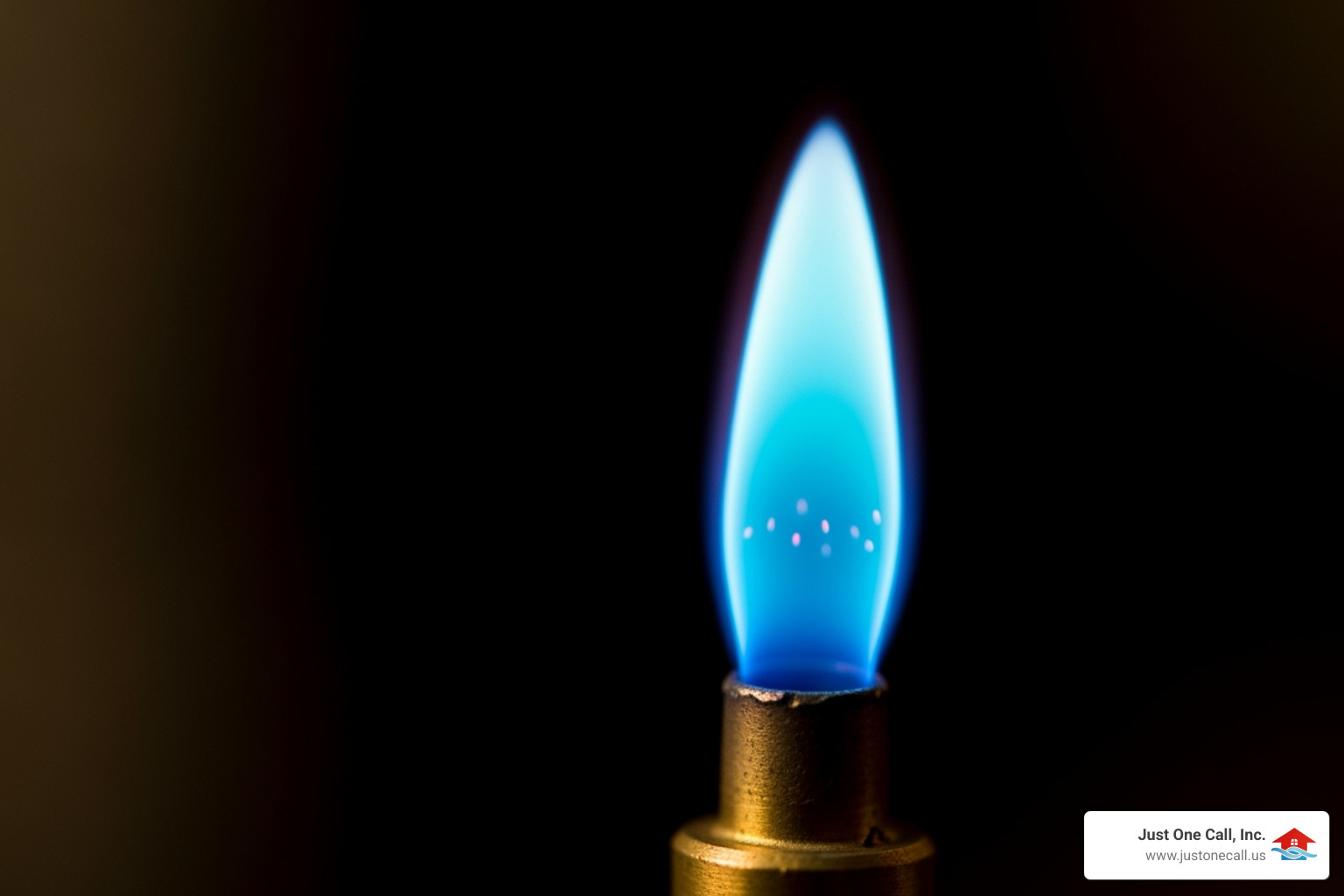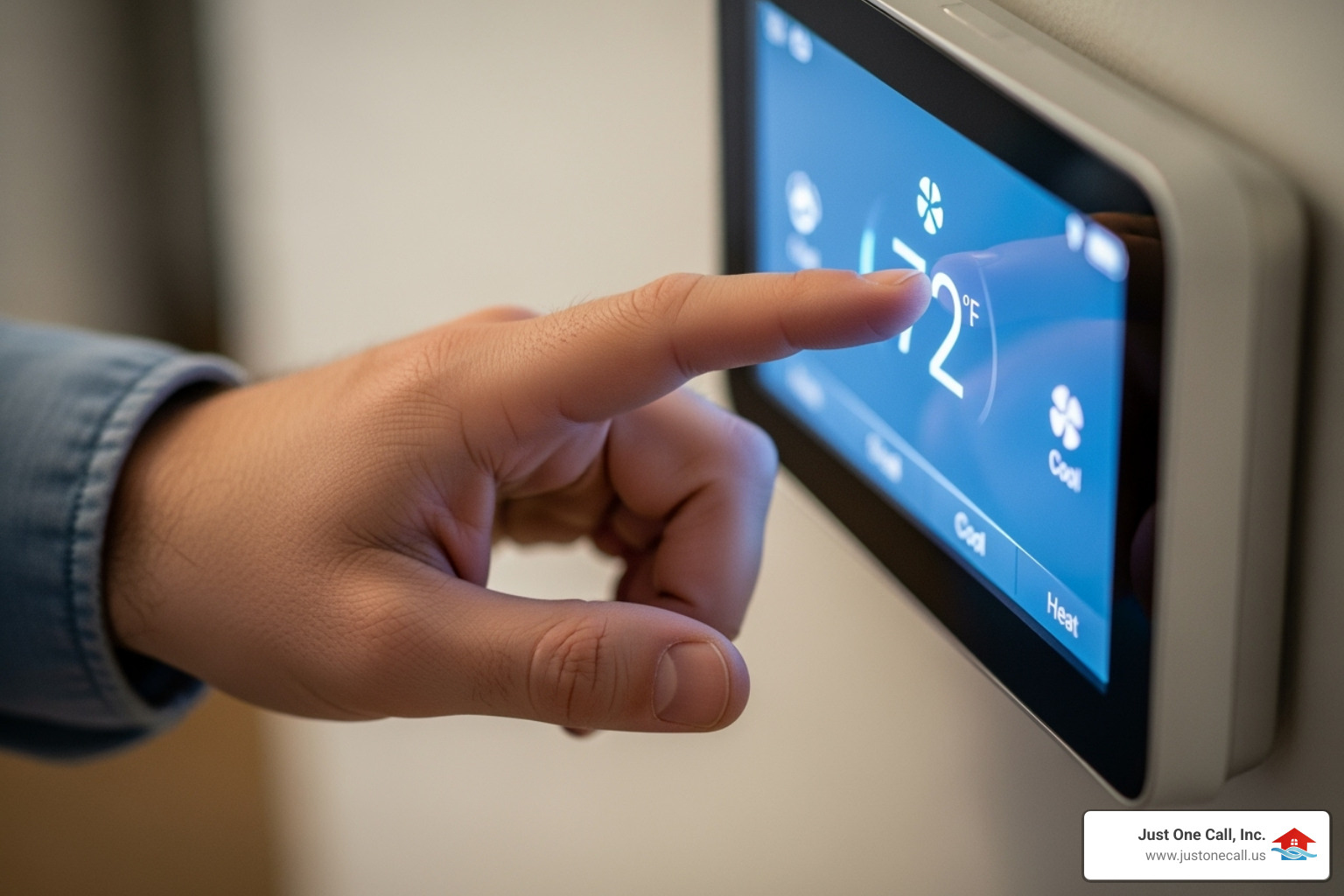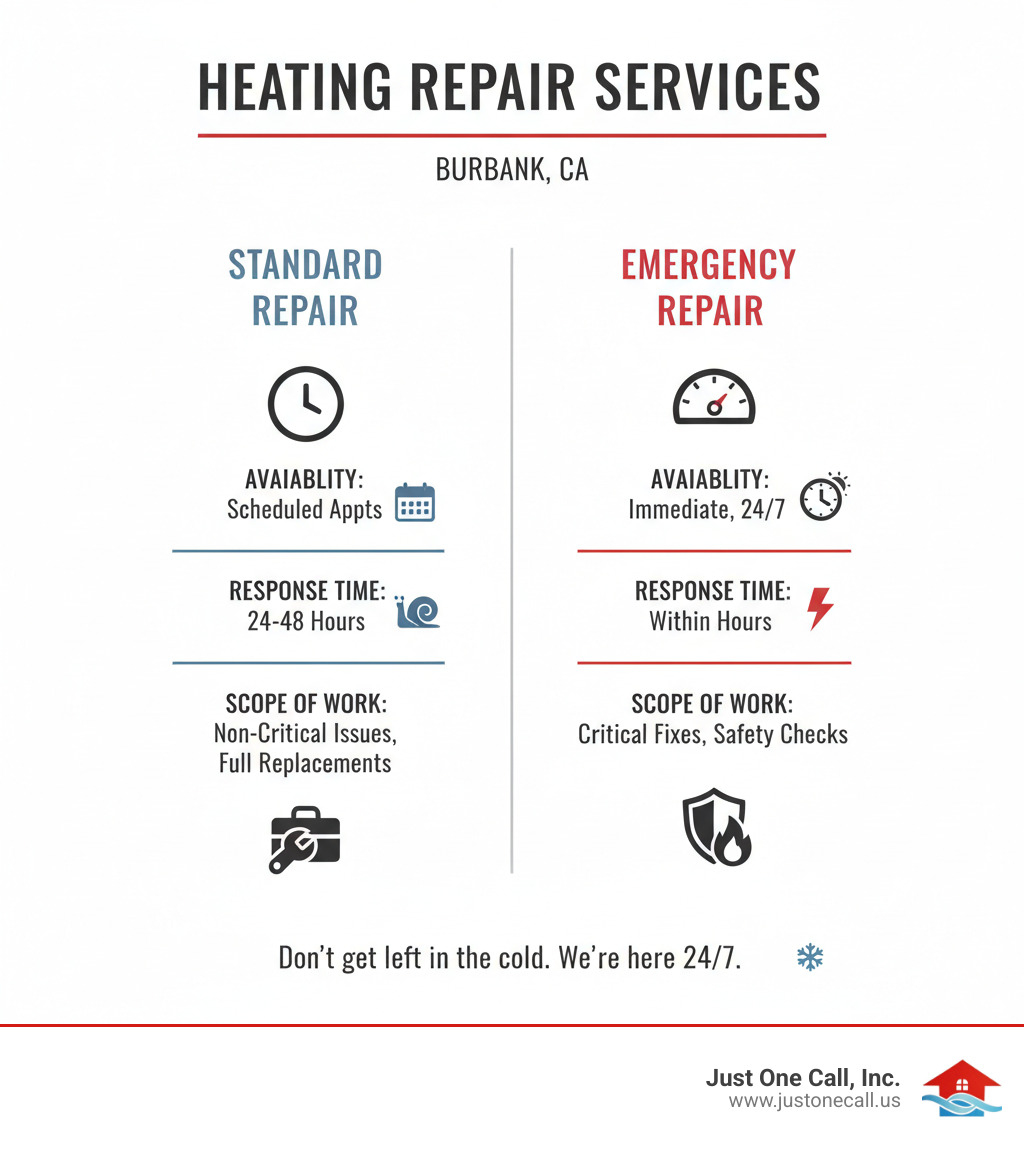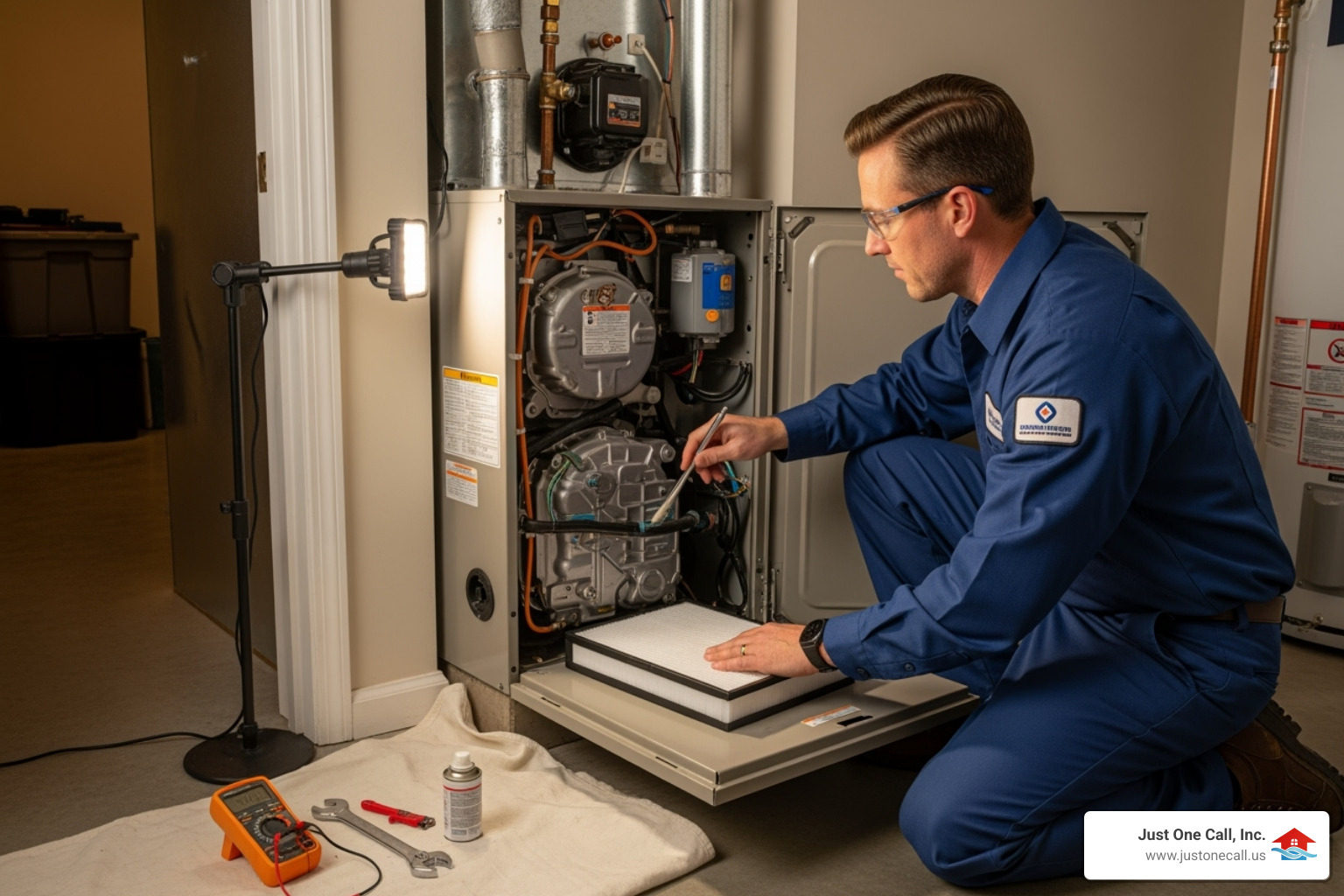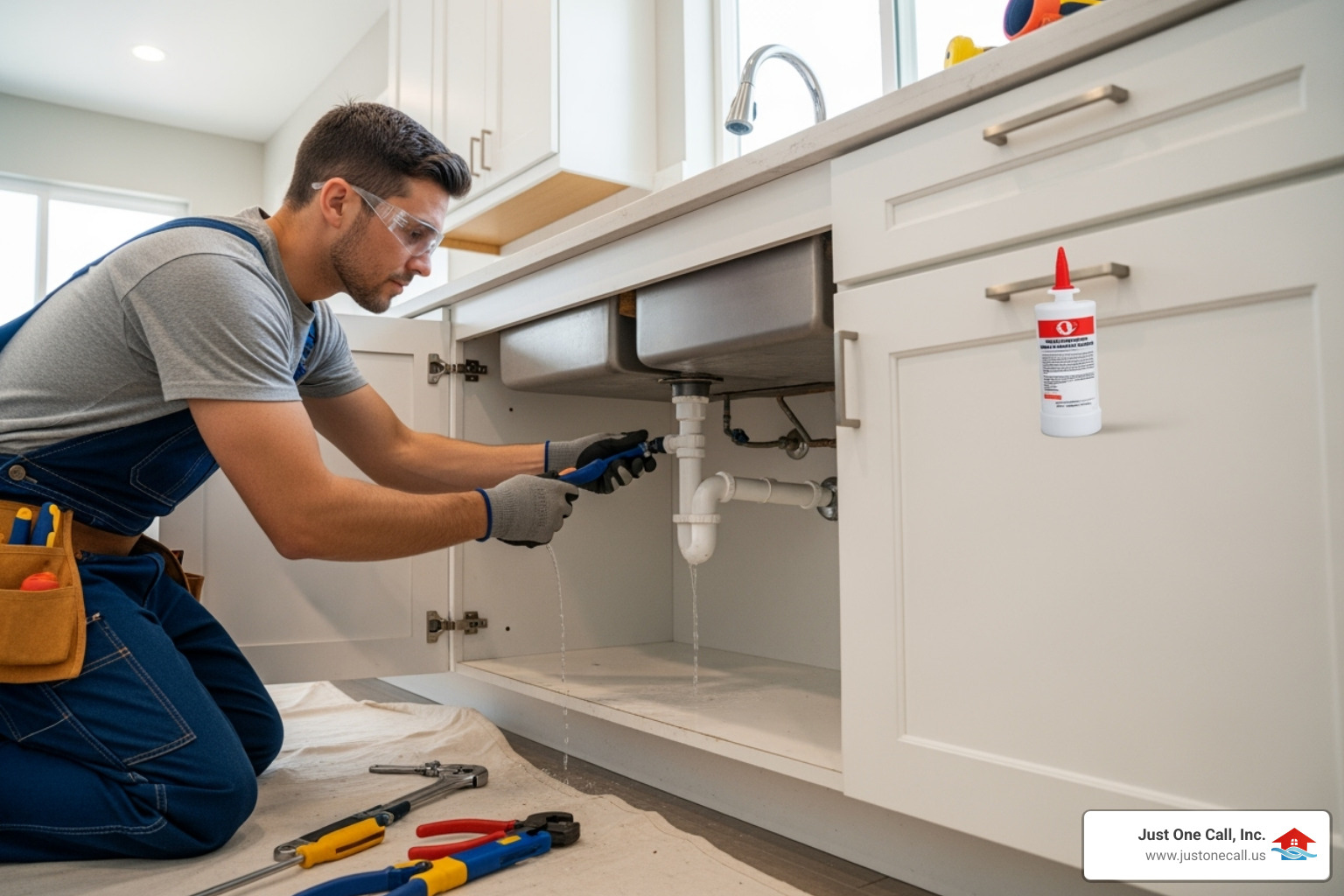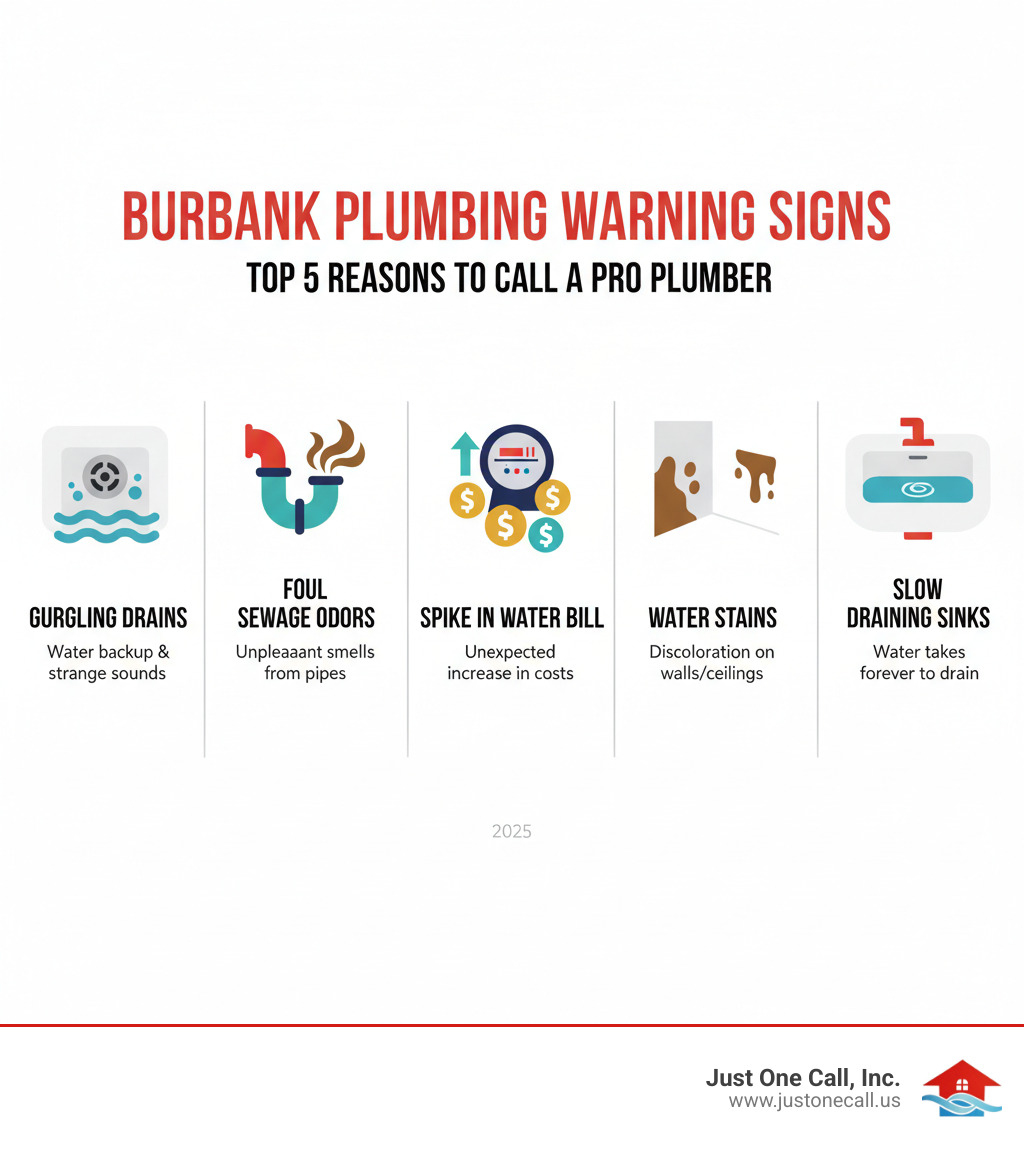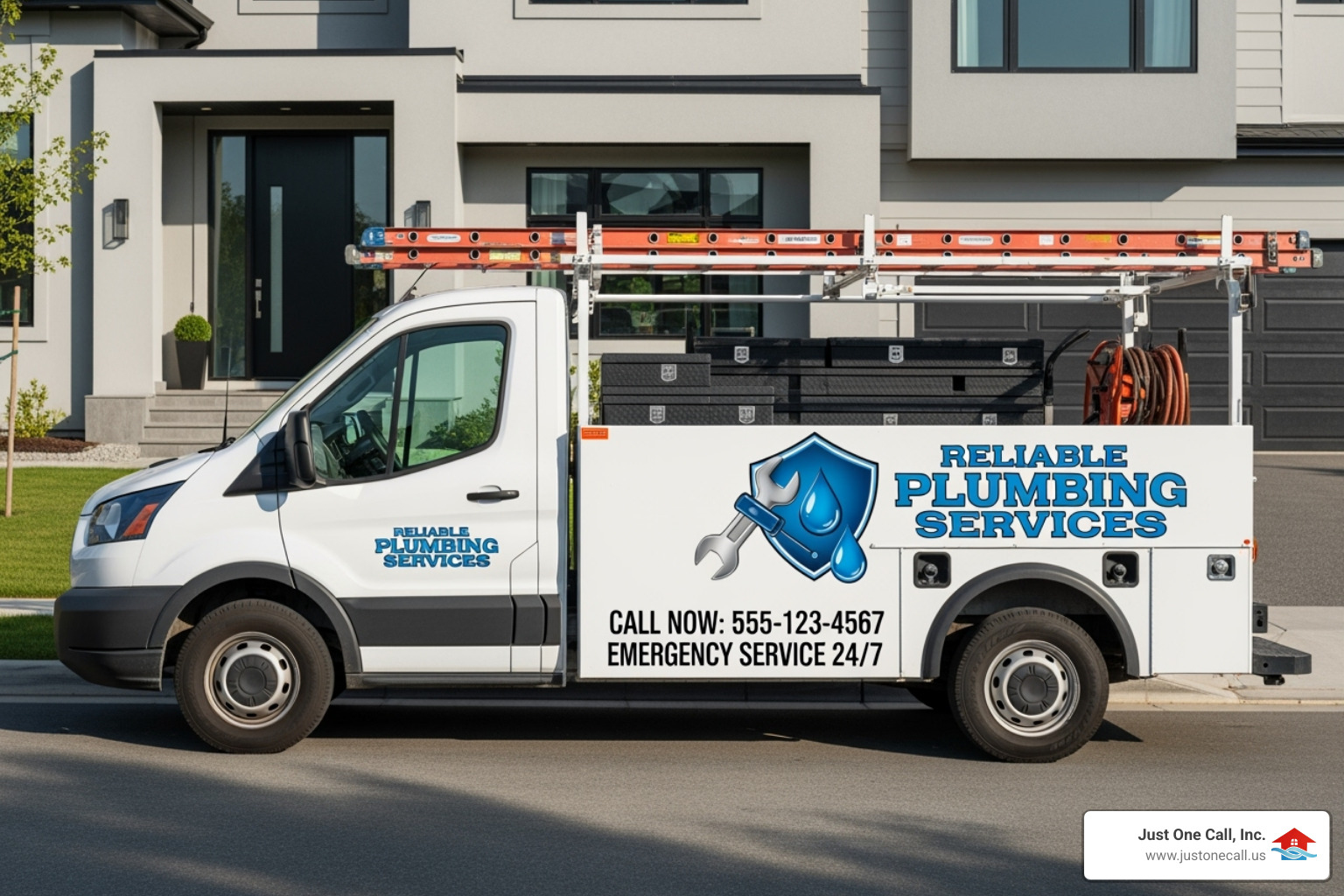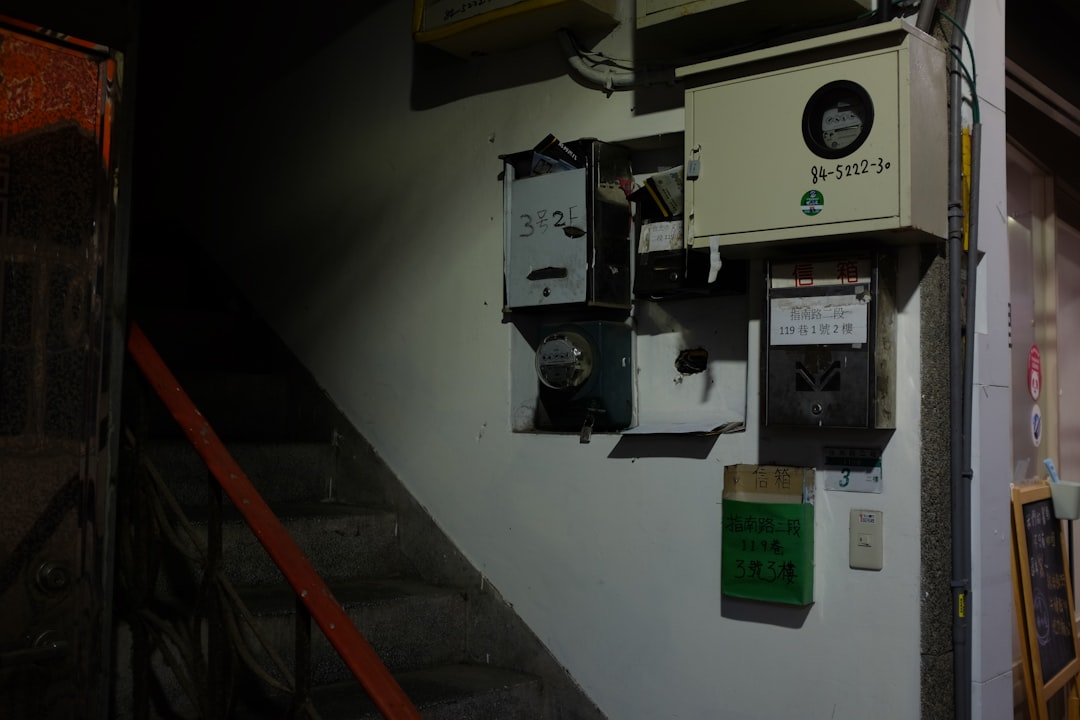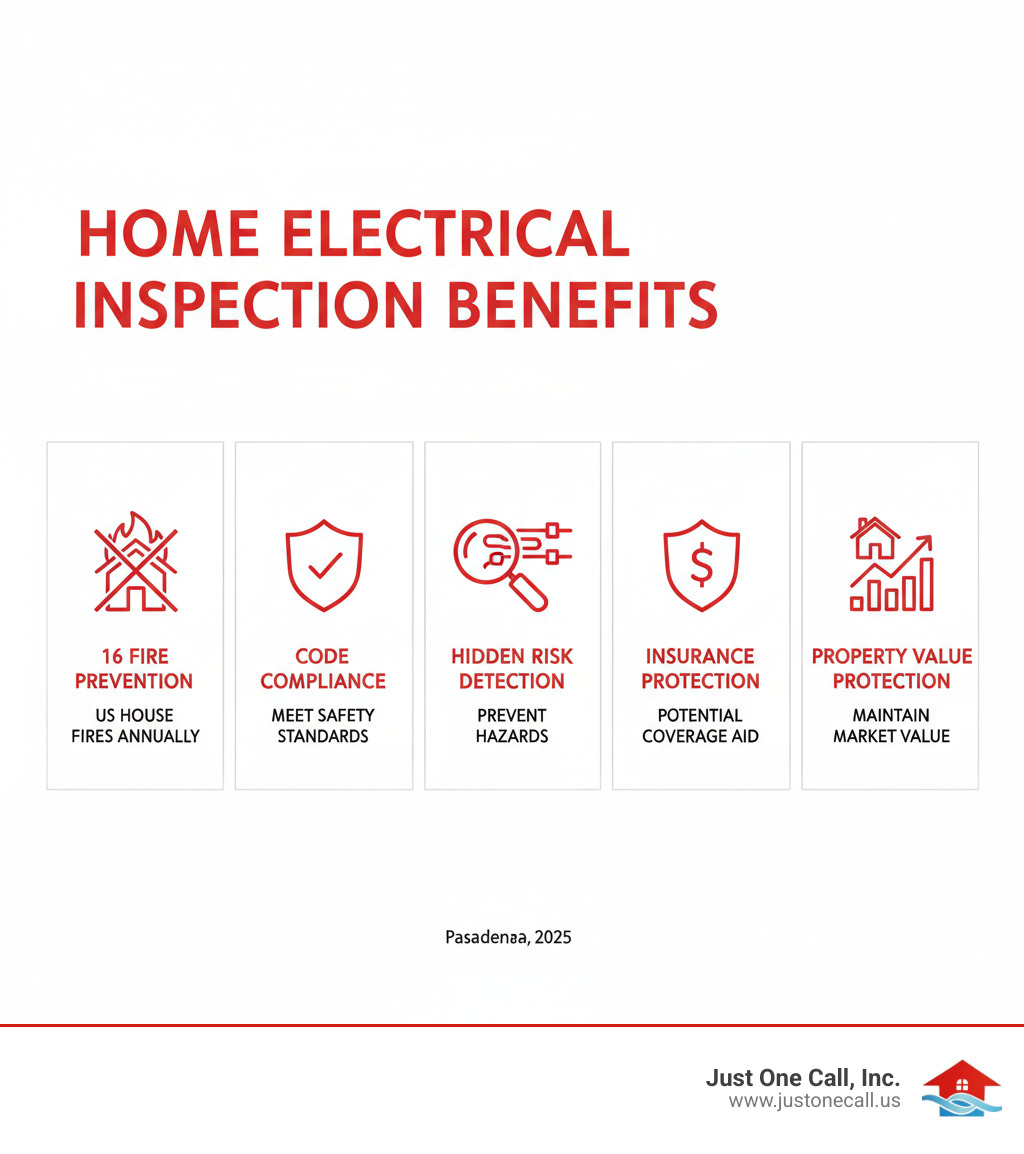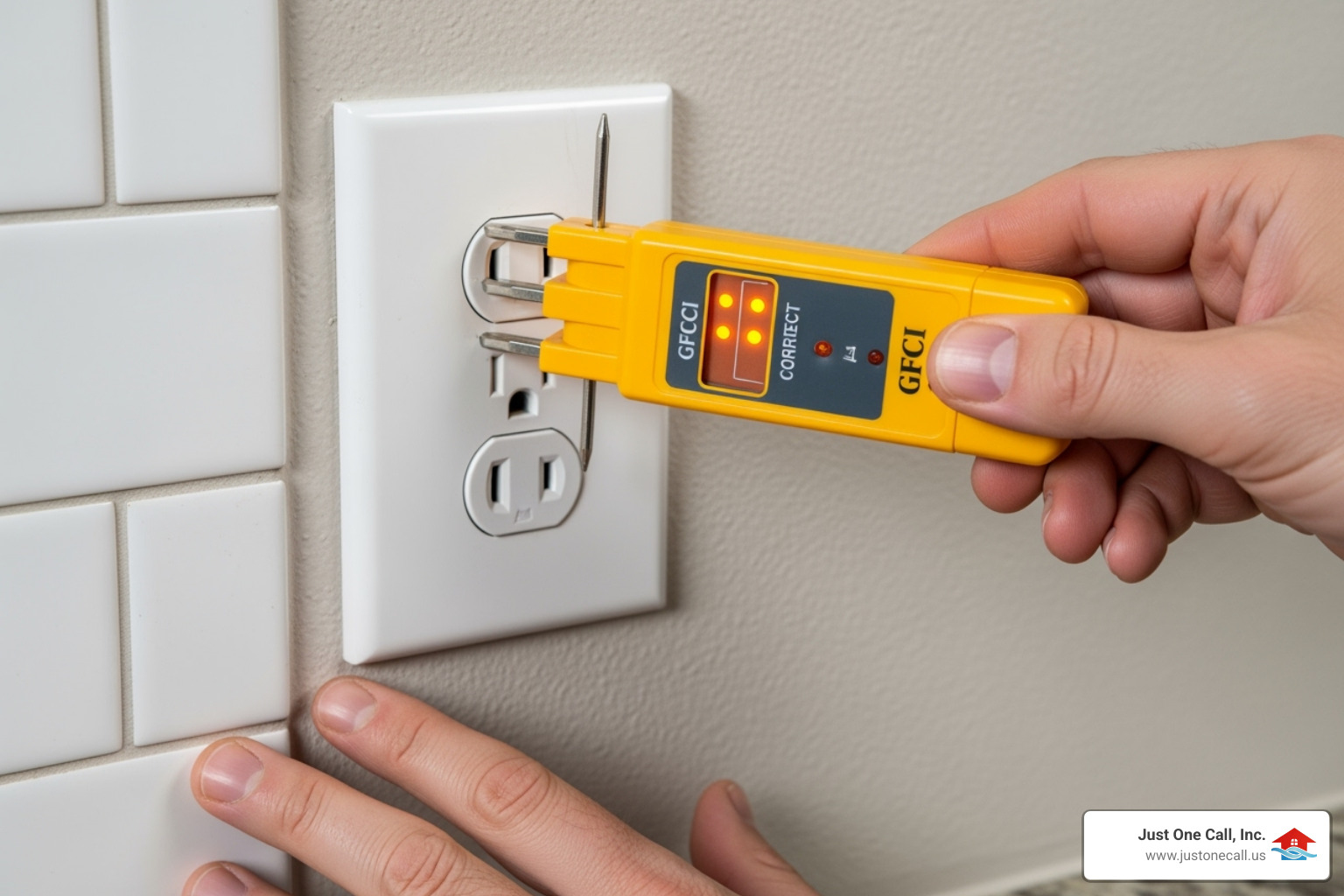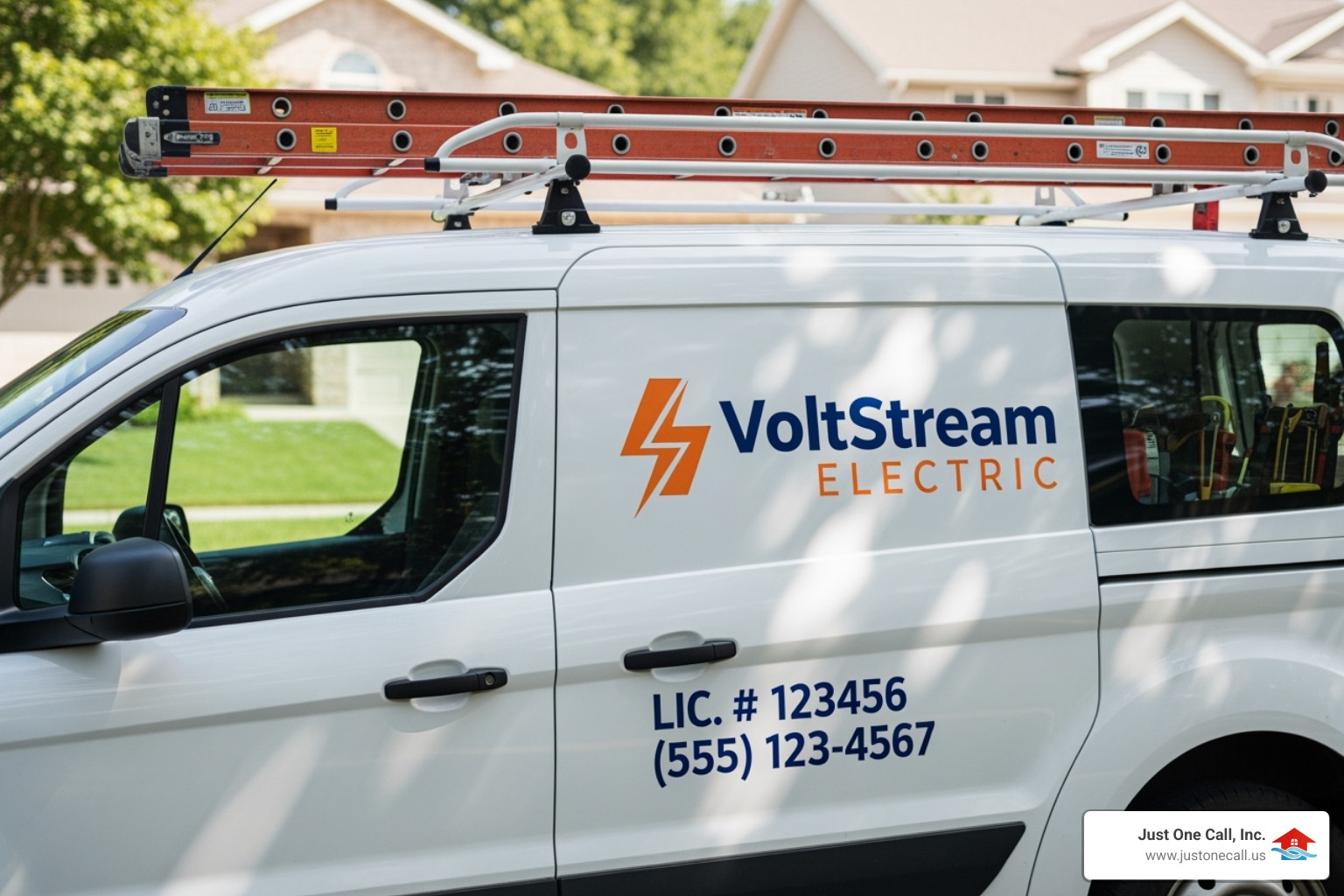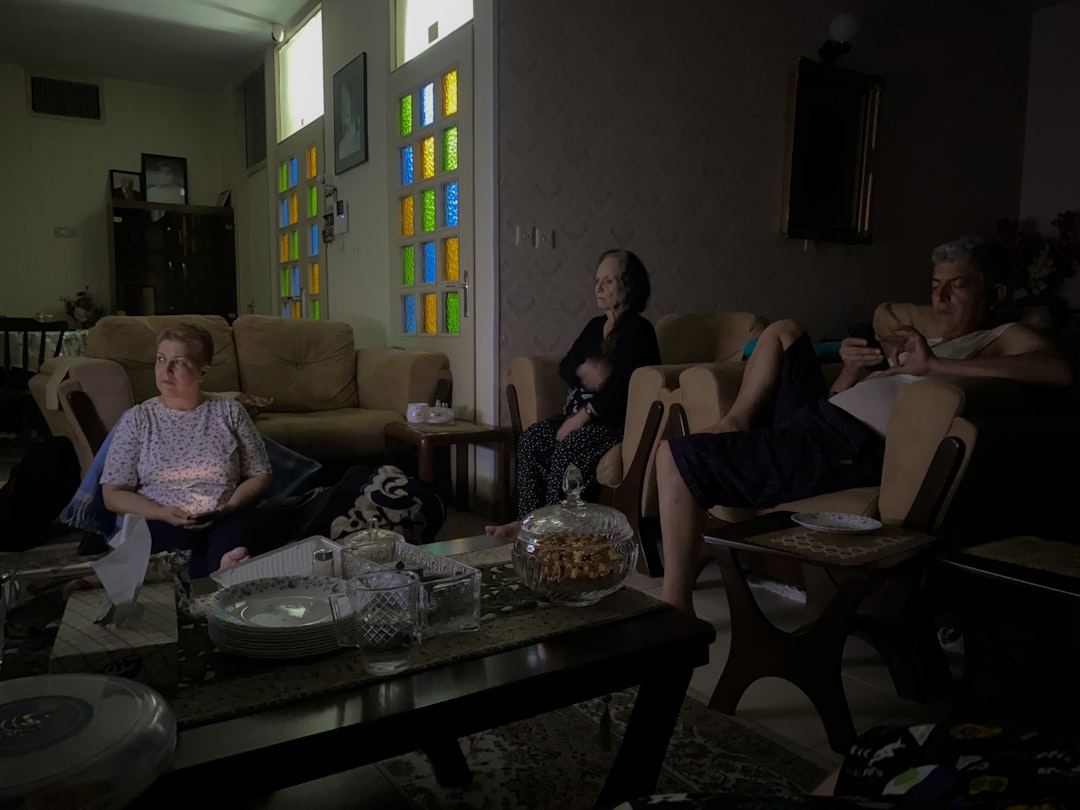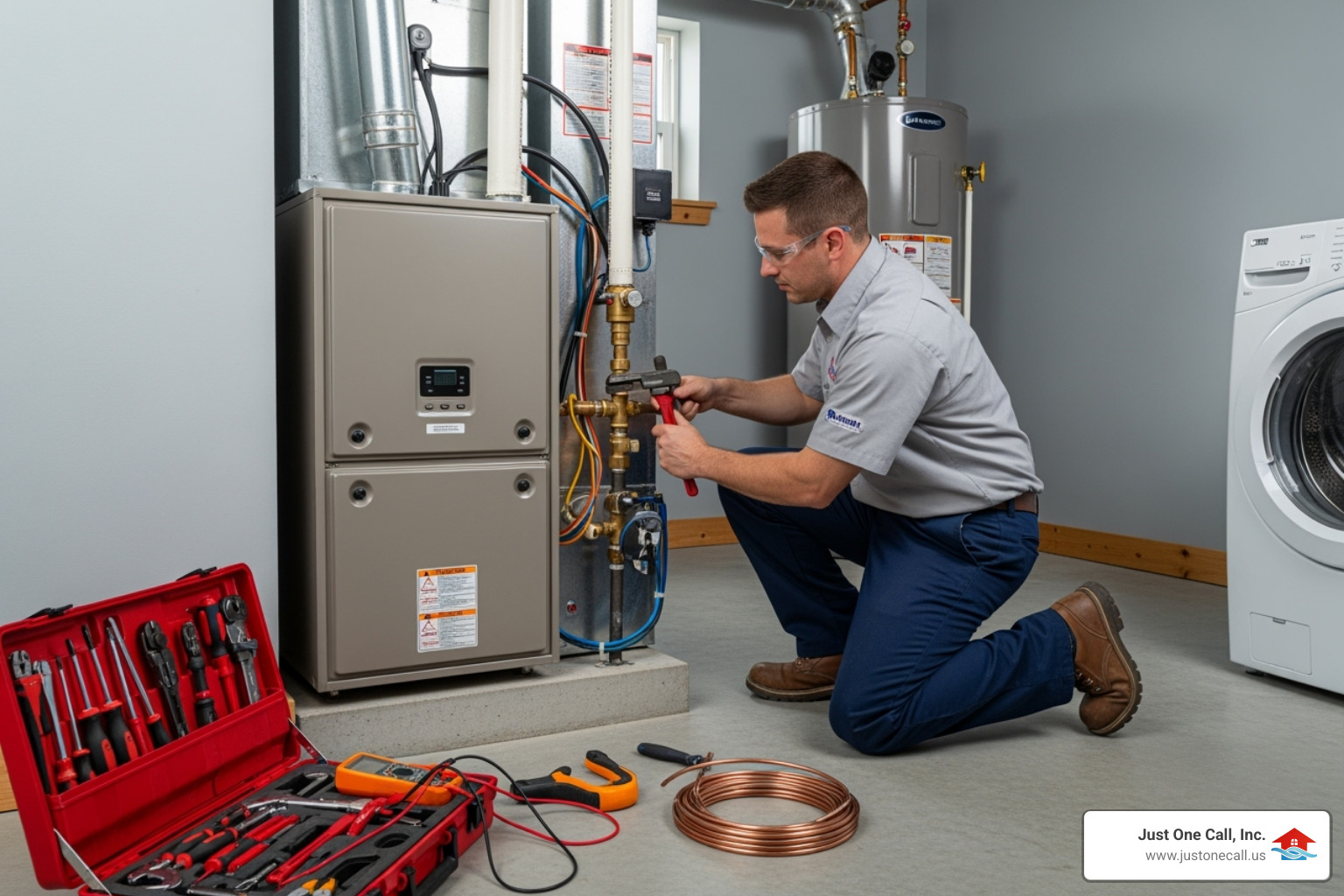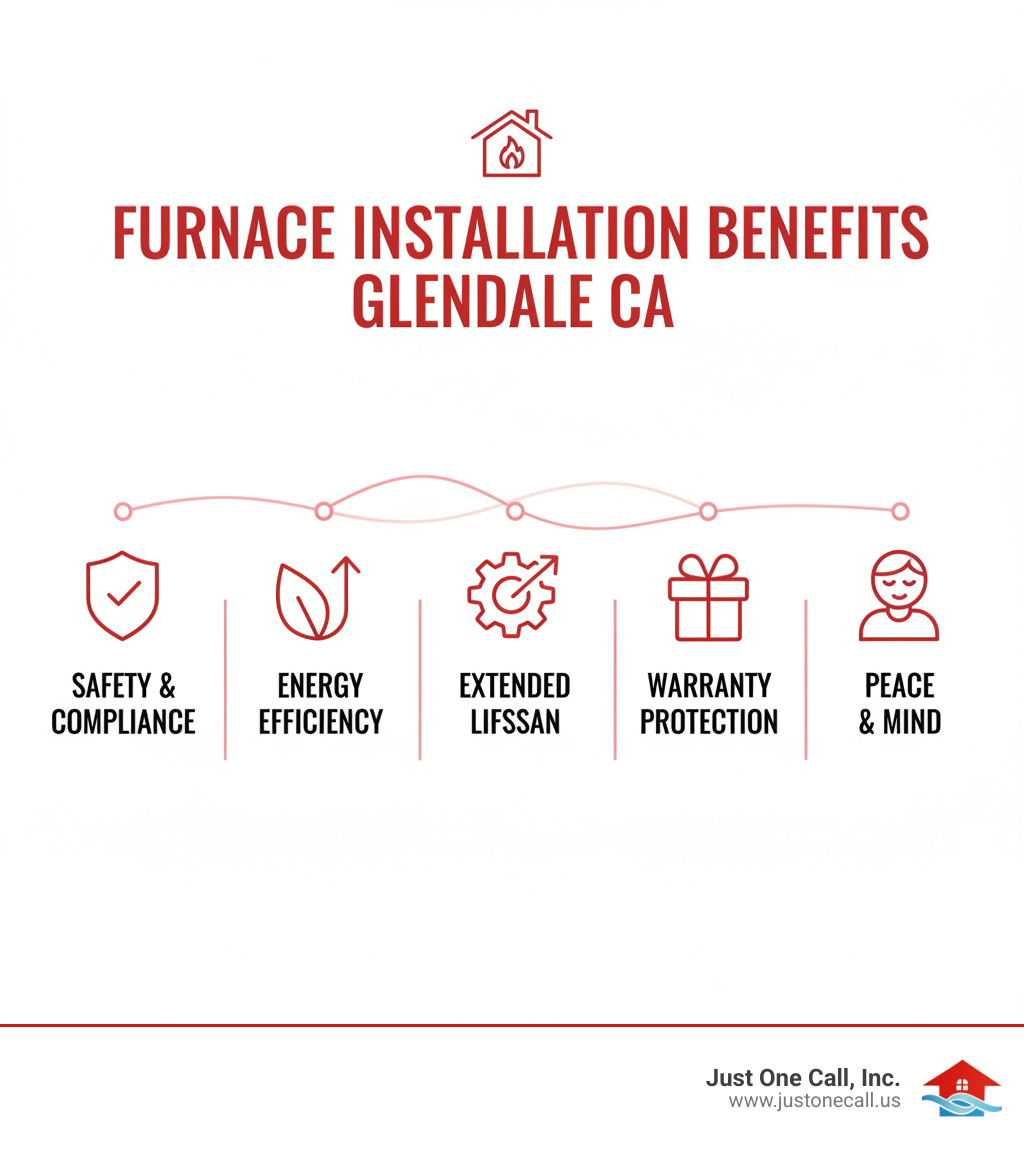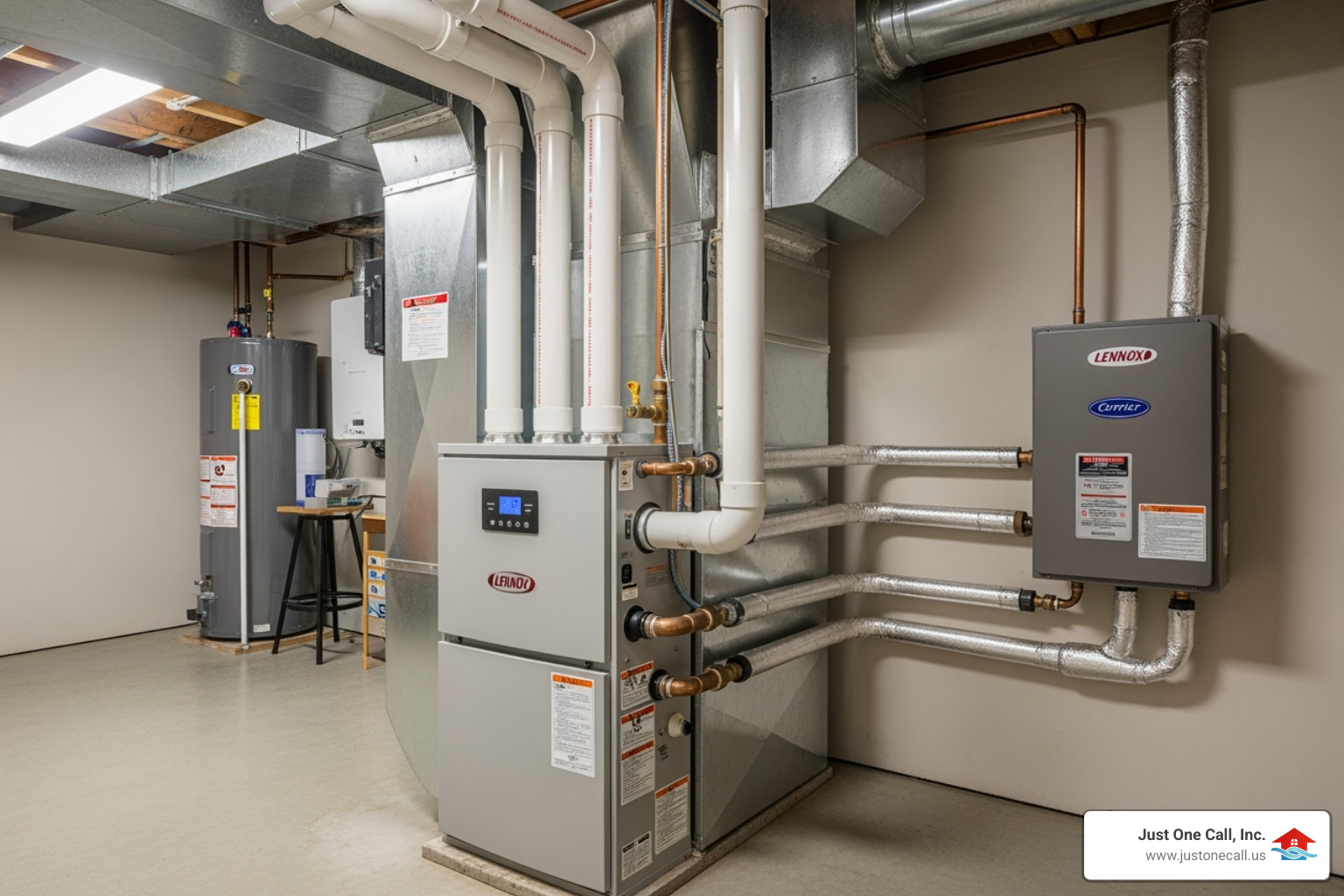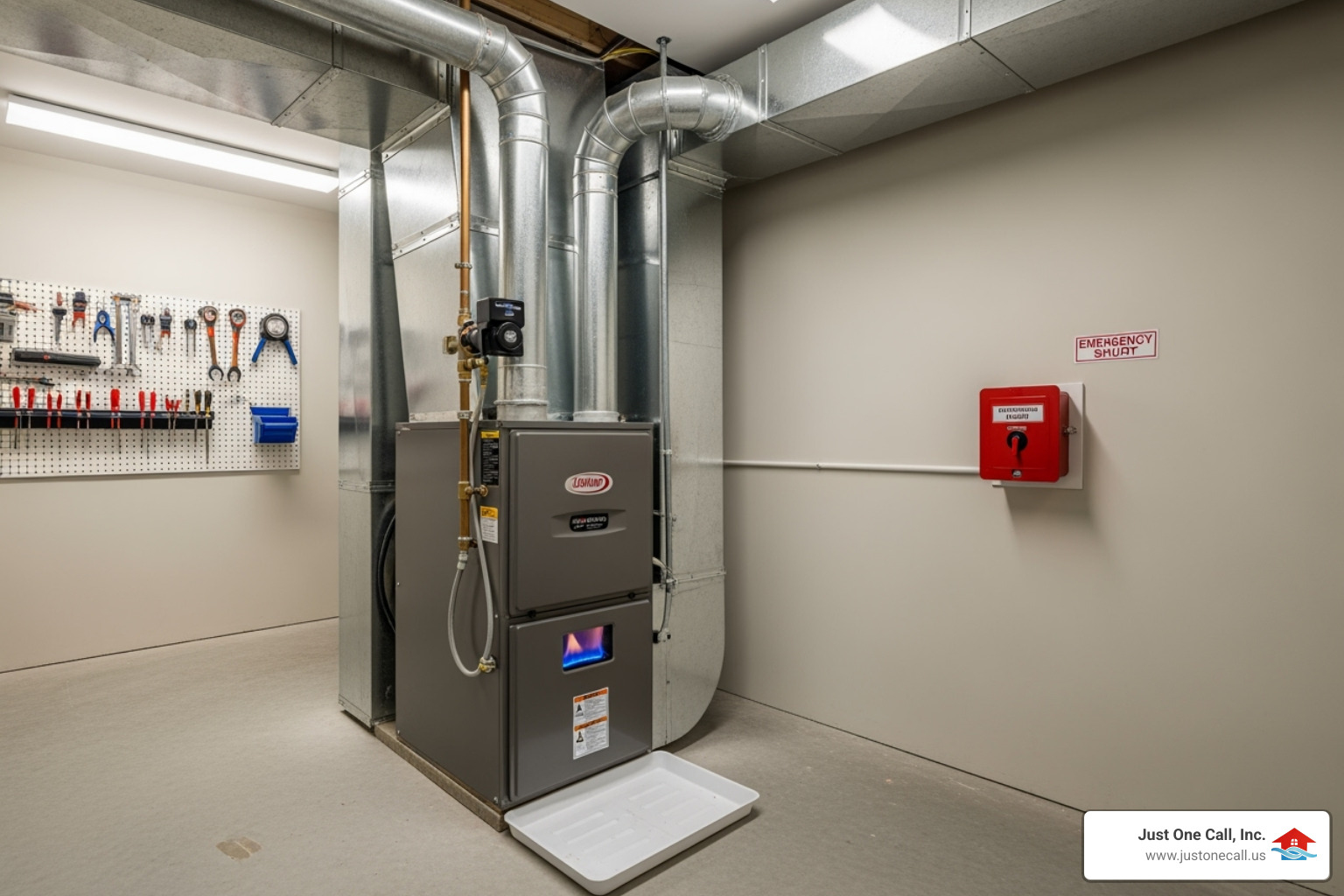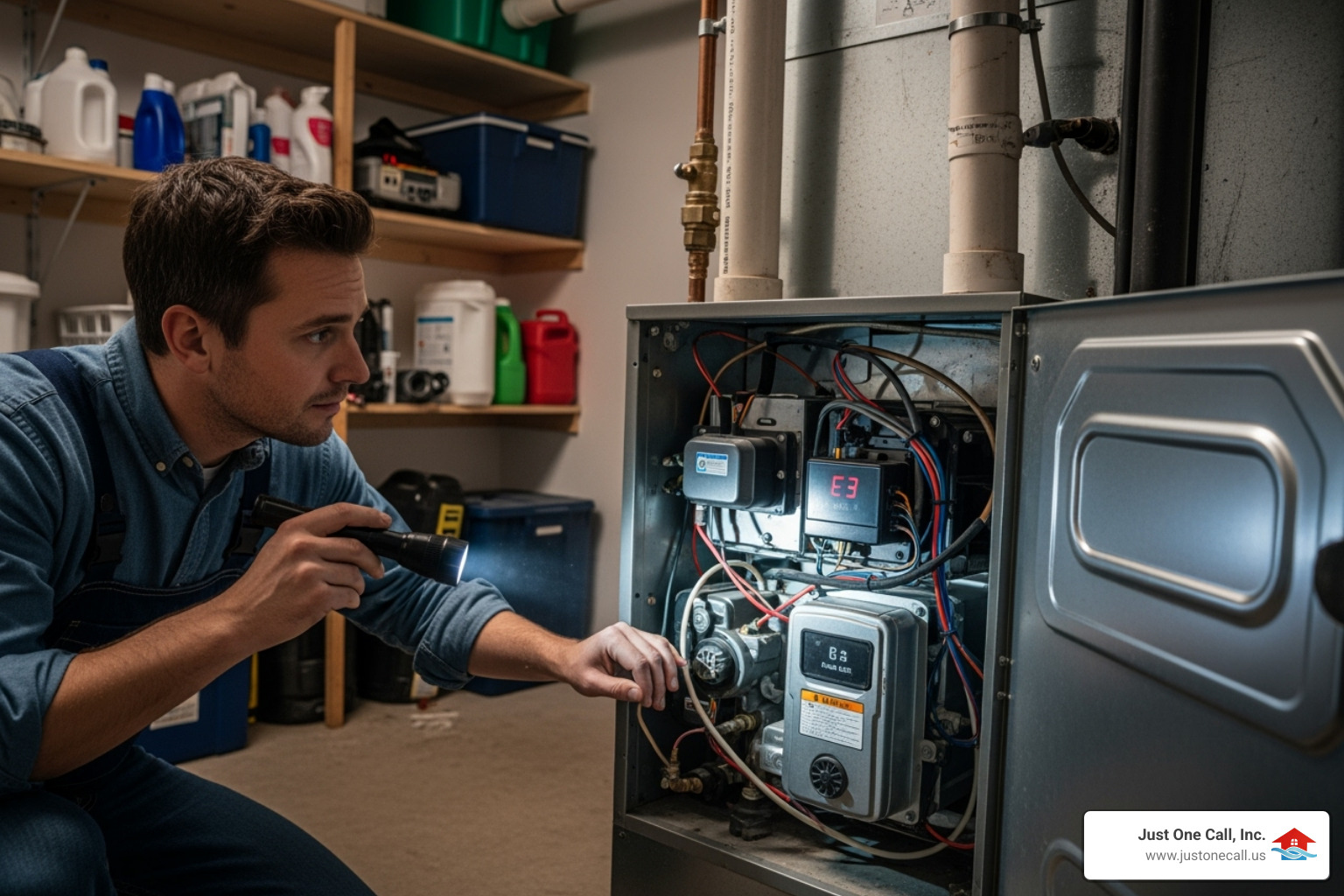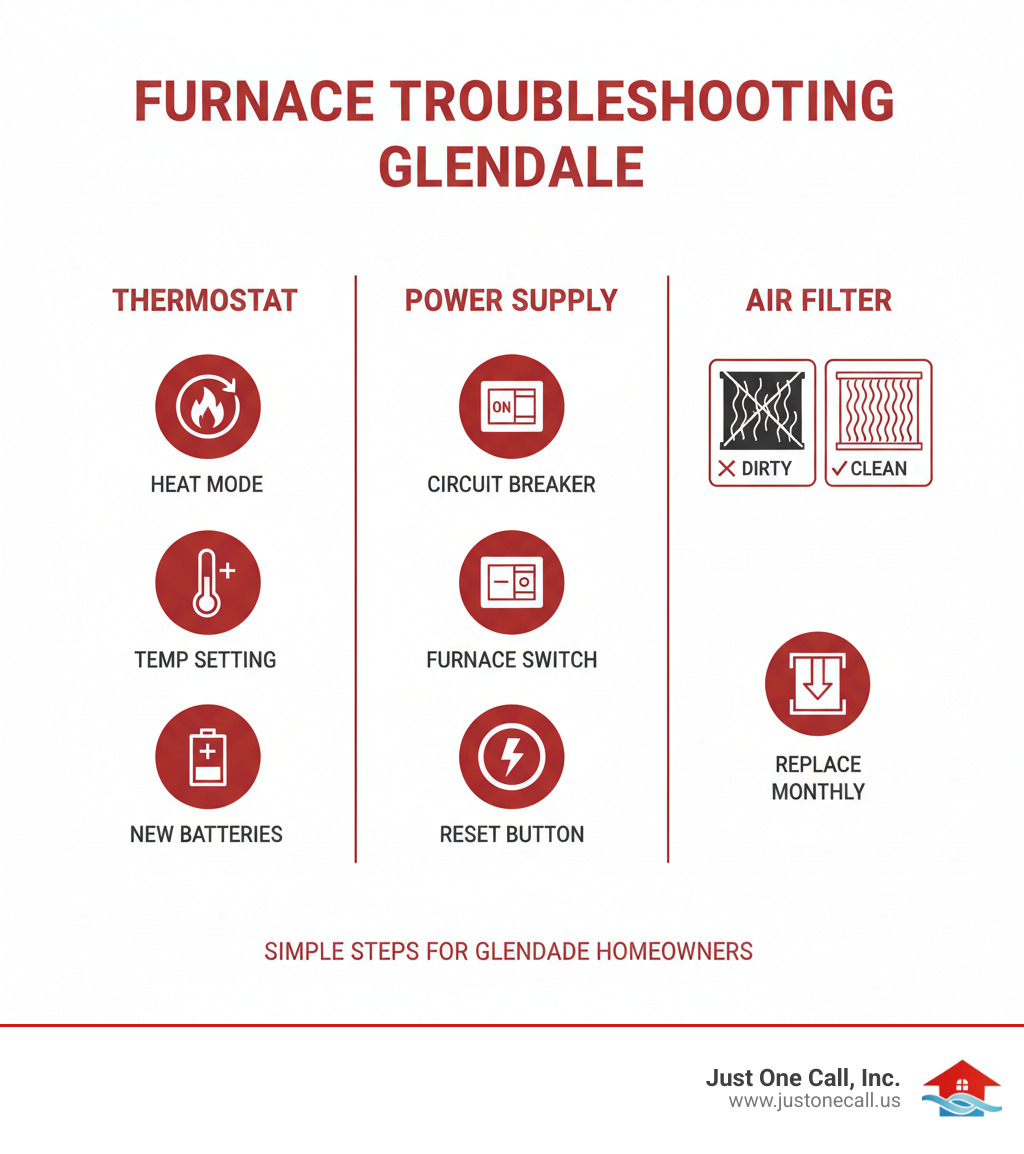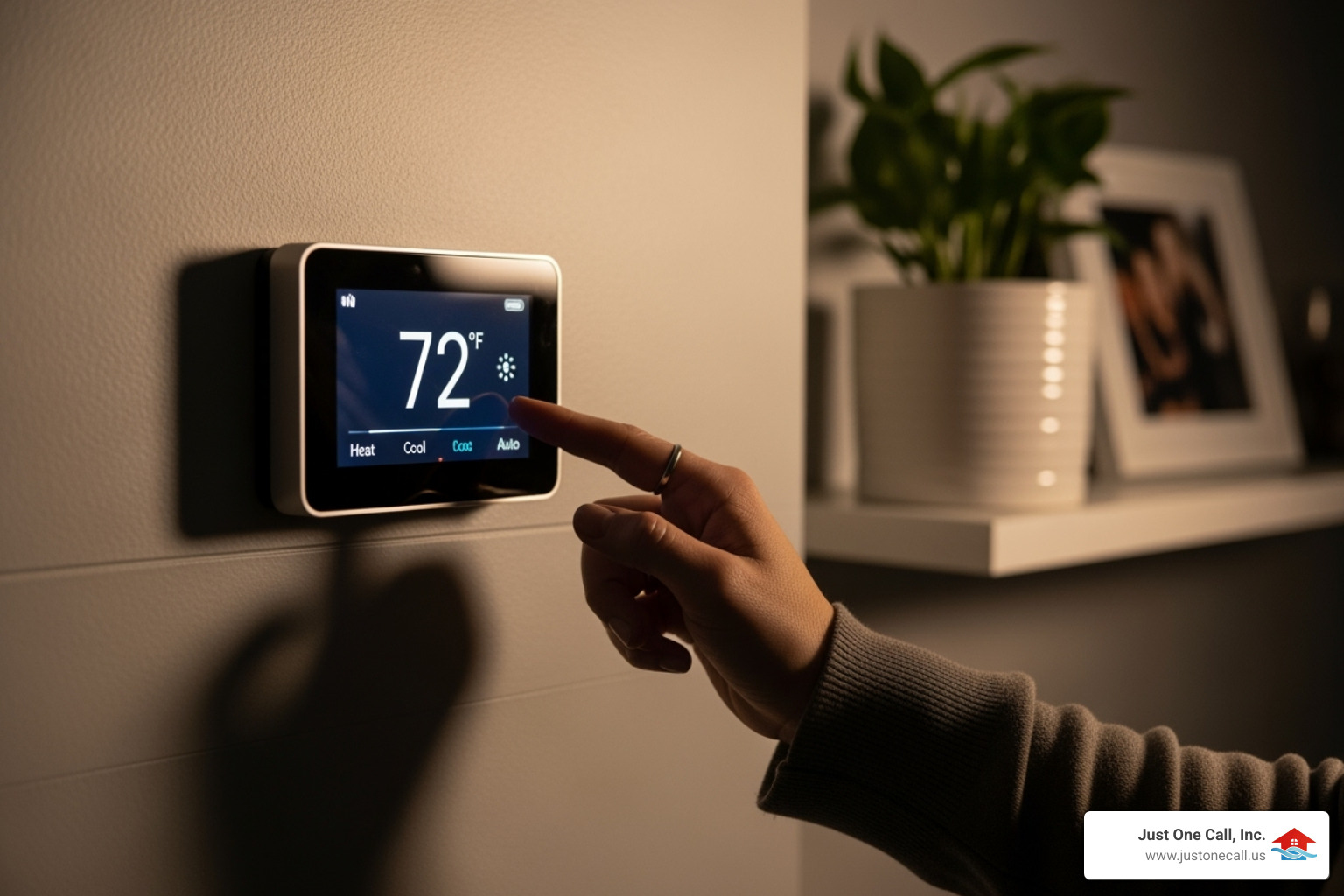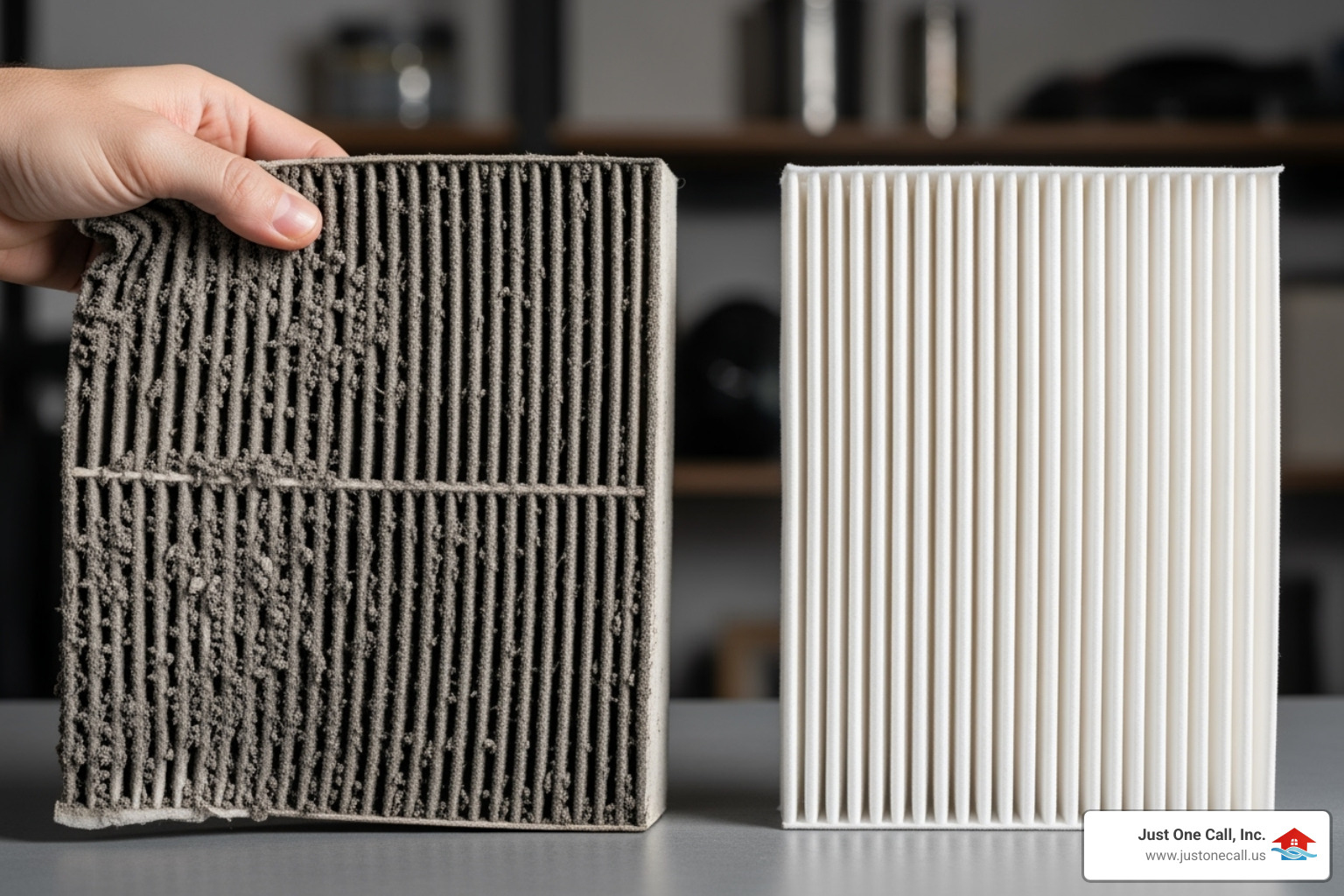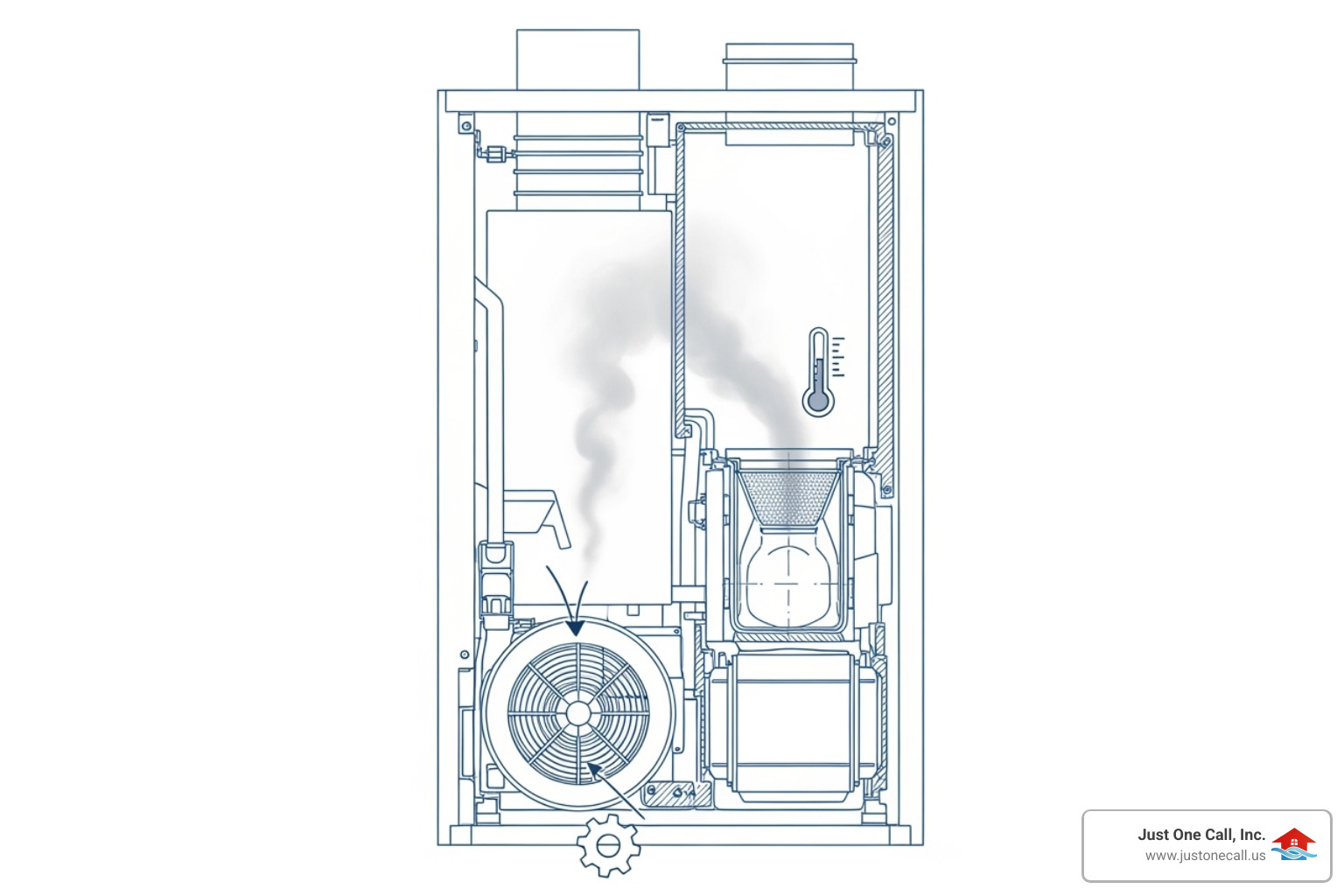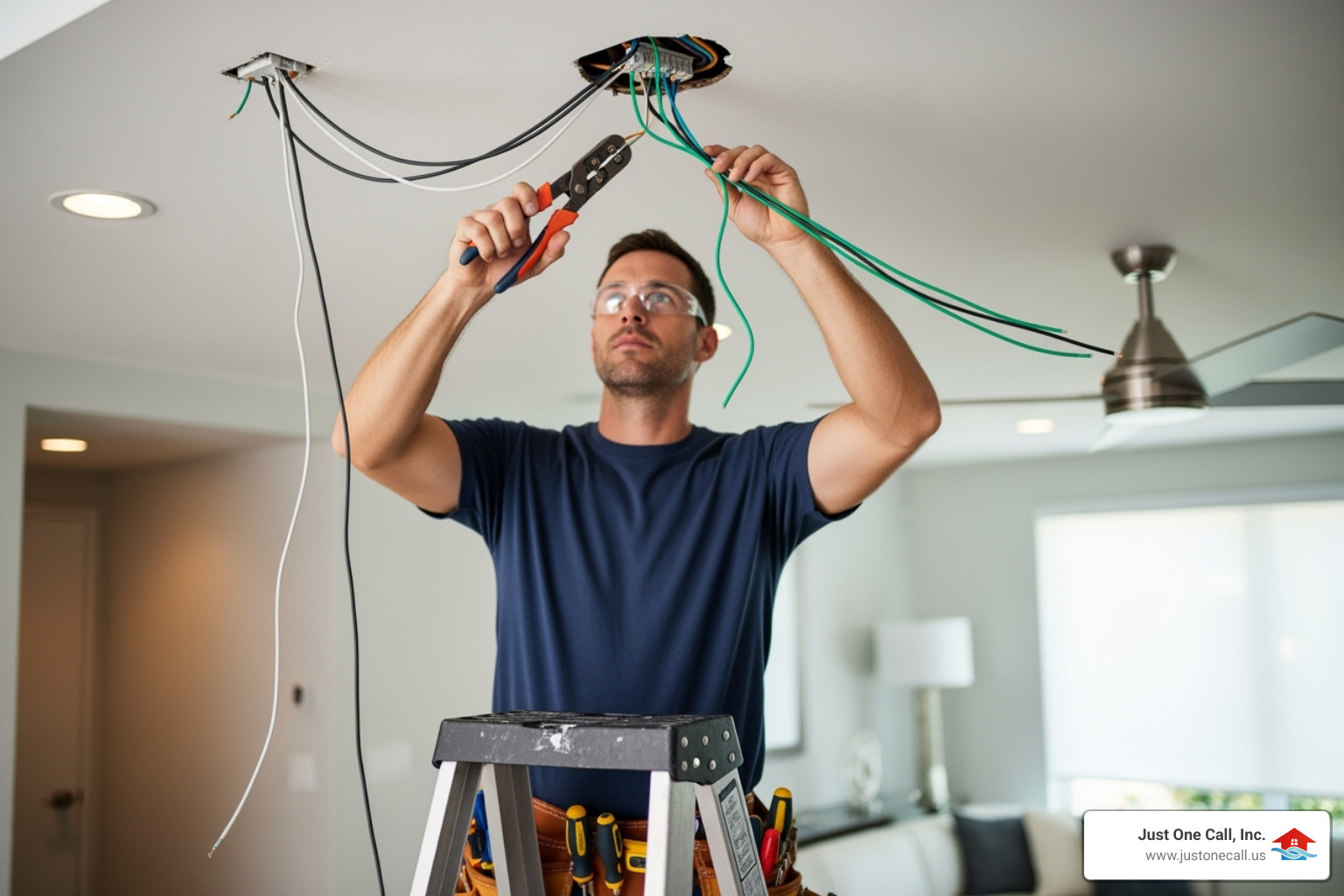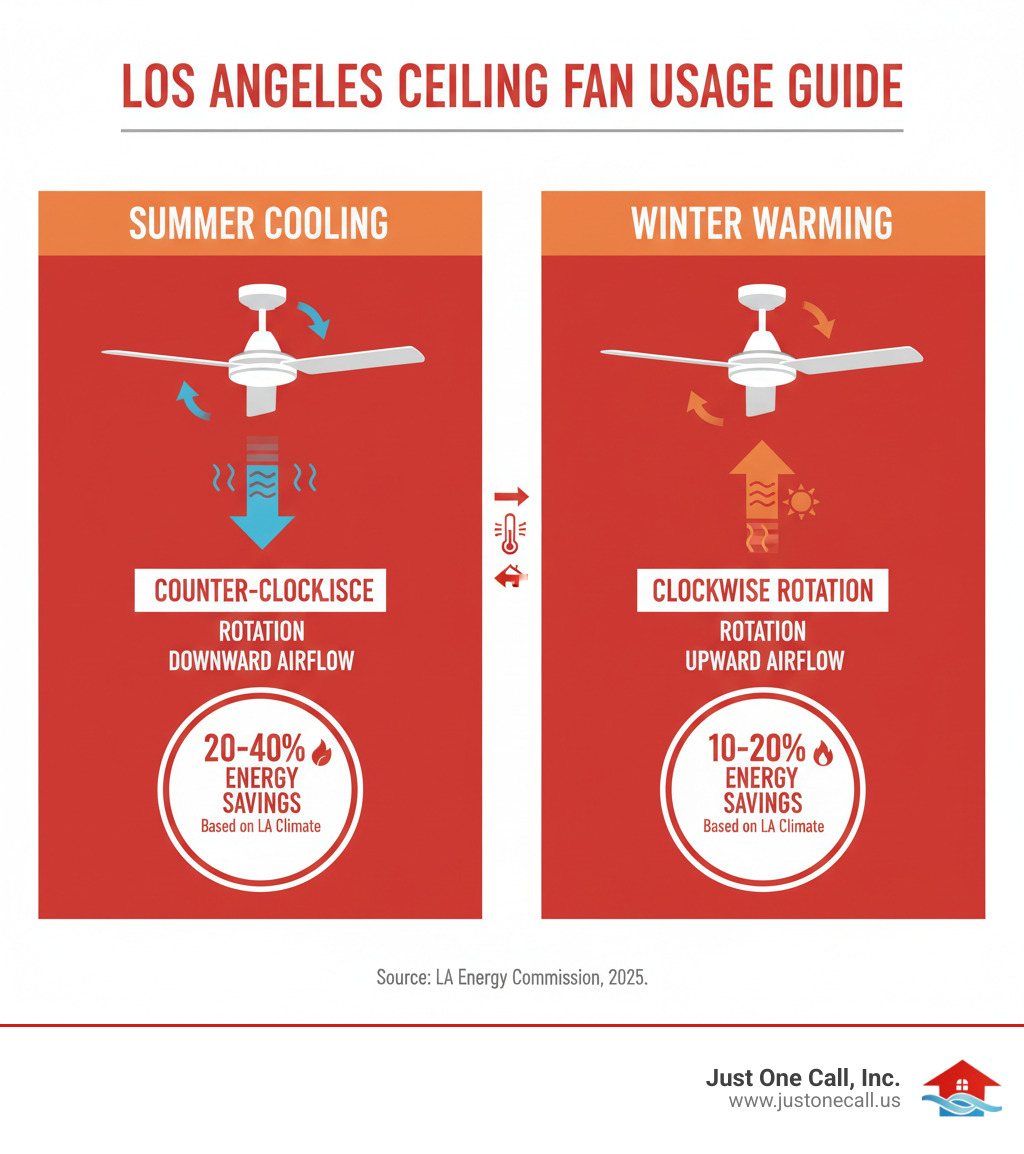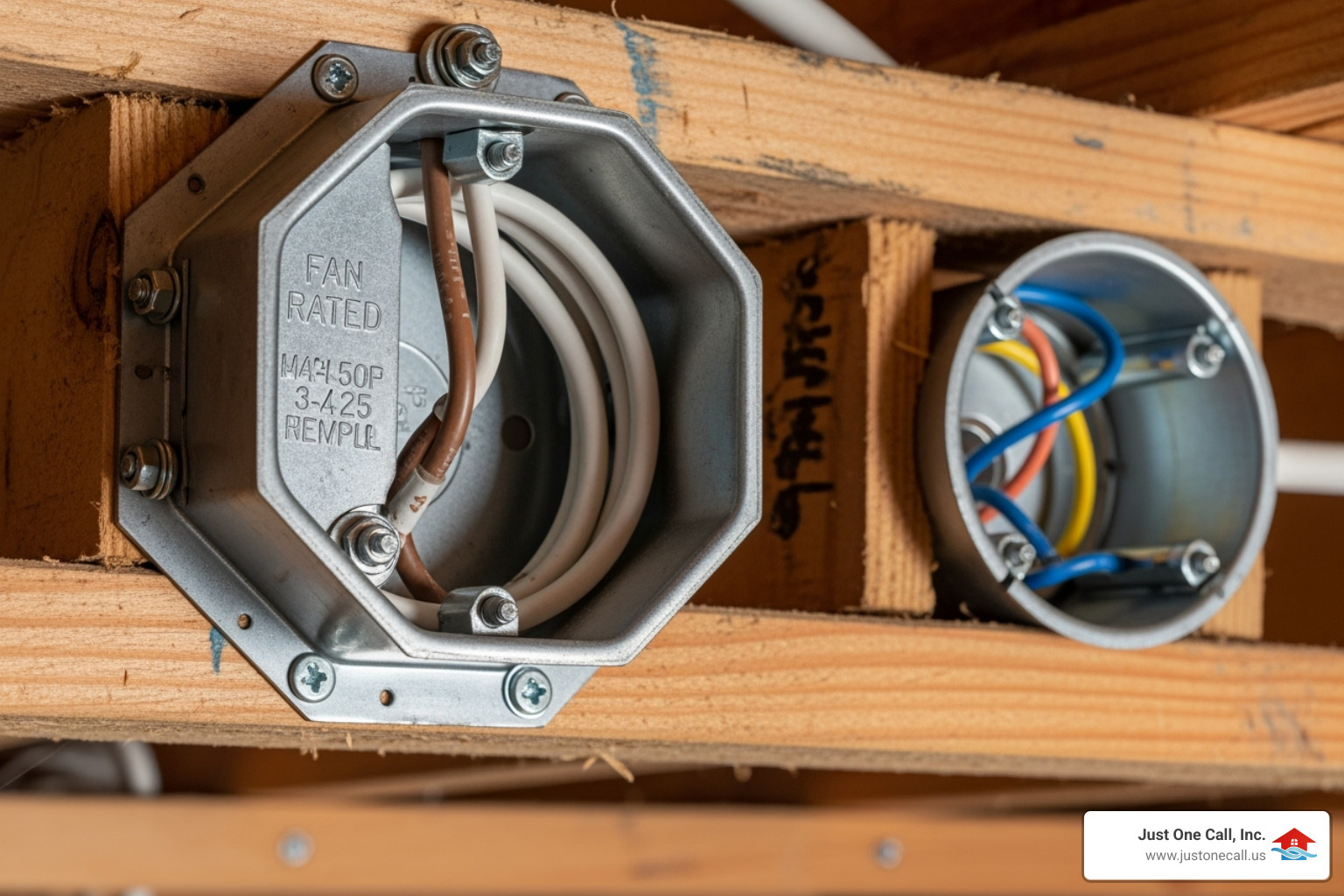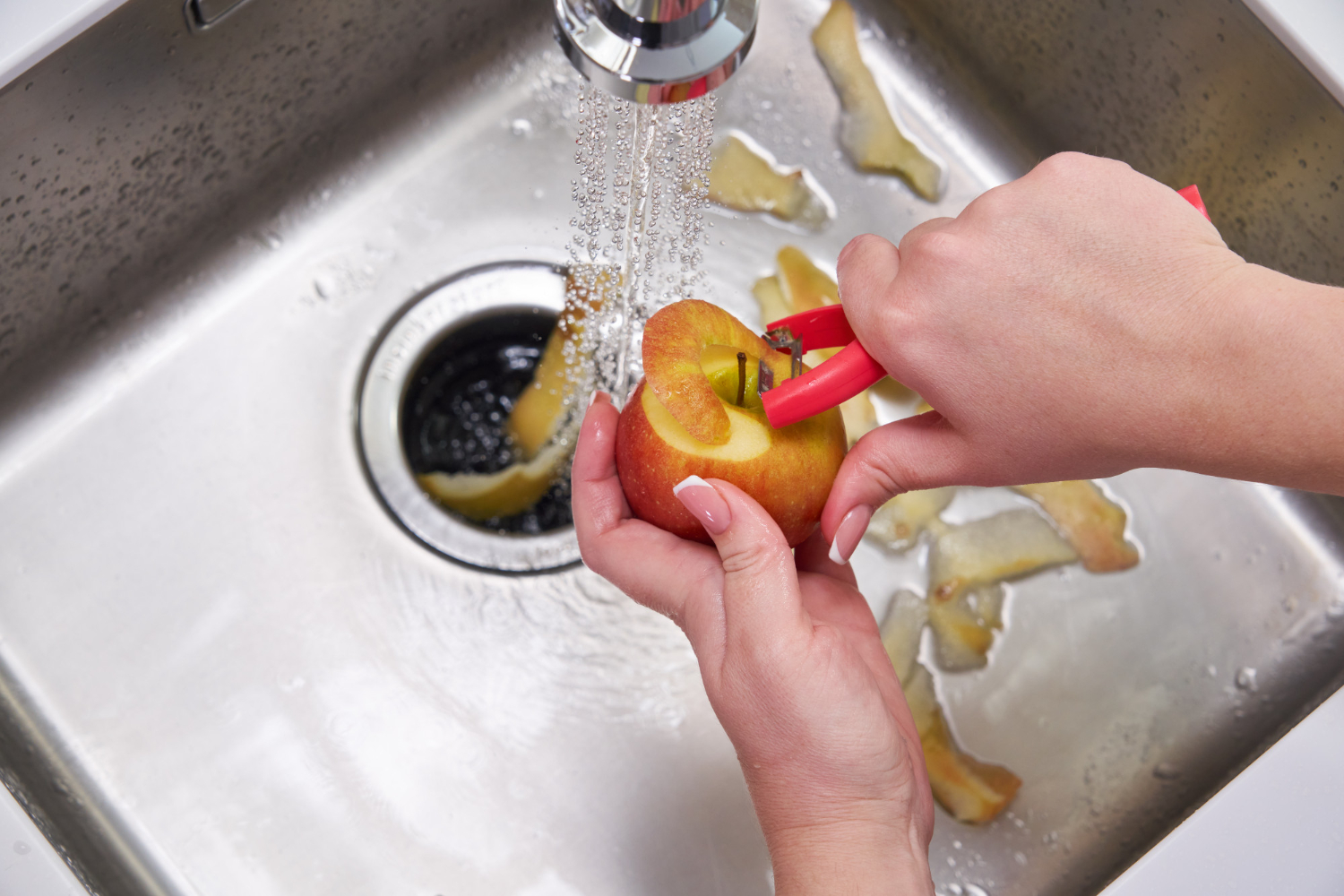Why Your Glendale AC System Needs Regular Professional Care
If you’re looking for ac tune up glendale services, here’s what you need to know right away:
Quick Answer for Glendale Residents:
- Best time to schedule: Spring (before summer heat arrives)
- Frequency: Once per year for optimal performance
- Typical cost: Small investment that prevents expensive repairs
- Duration: 60-90 minutes for comprehensive service
- Key benefits: Lower energy bills, fewer breakdowns, cleaner air
Living in Glendale means your air conditioning system works overtime during those scorching summer months. When temperatures soar into the mid-80s and beyond, your AC becomes your lifeline to comfort.
But here’s what most homeowners don’t realize: a well-maintained air conditioning system can last up to 15 years, while a neglected one might fail when you need it most. Regular maintenance helps catch minor issues before they escalate into larger, more expensive problems.
The good news? Annual AC tune-ups are one of the smartest investments you can make for your home’s comfort and your wallet. Routine maintenance of your existing system can prolong its lifespan while ensuring your condenser isn’t working harder than necessary to keep you cool.
Think of it this way – you wouldn’t skip oil changes for your car, so why skip tune-ups for the system that keeps your family comfortable year-round?
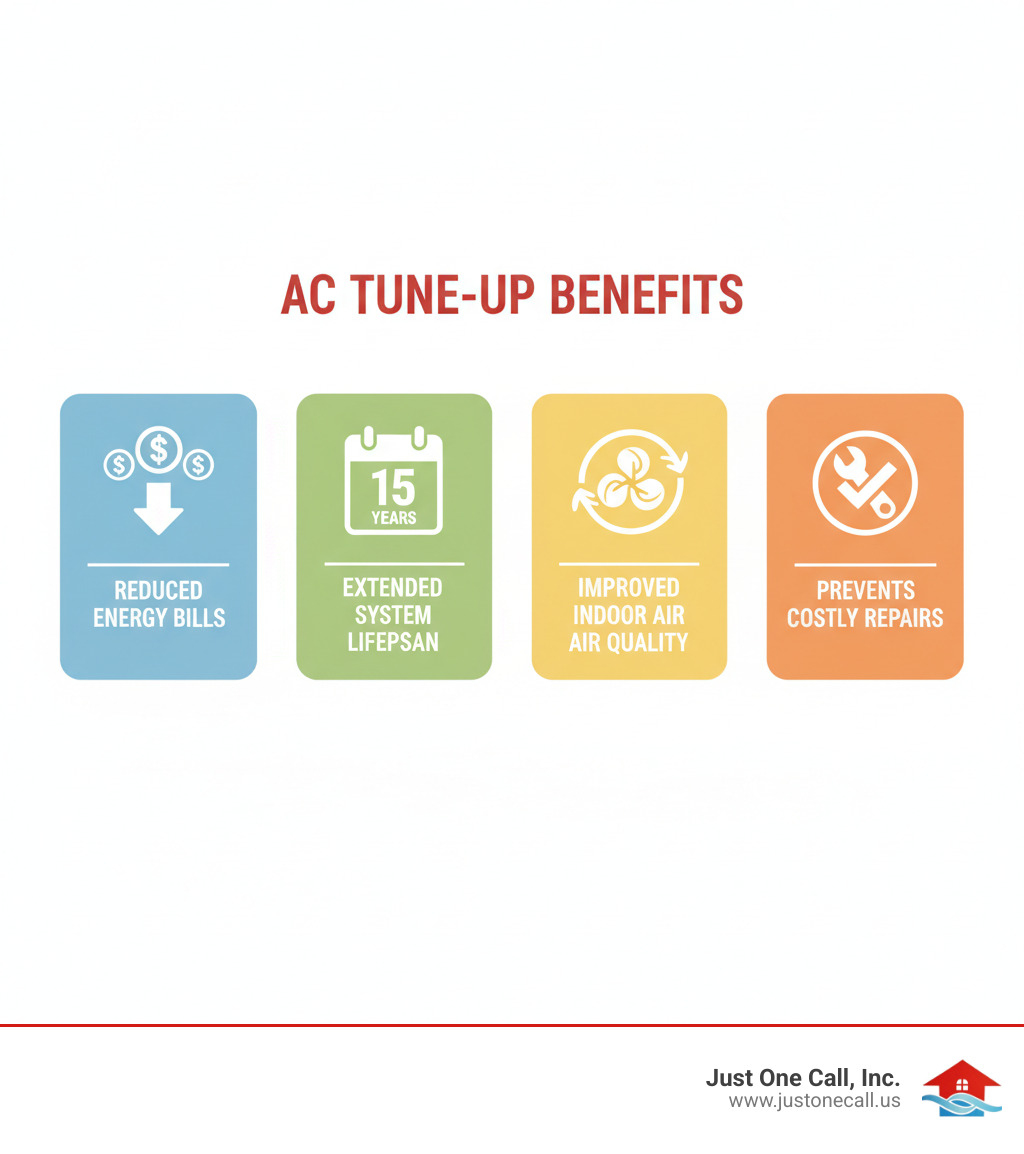
Why an AC Tune-Up is Non-Negotiable in Glendale
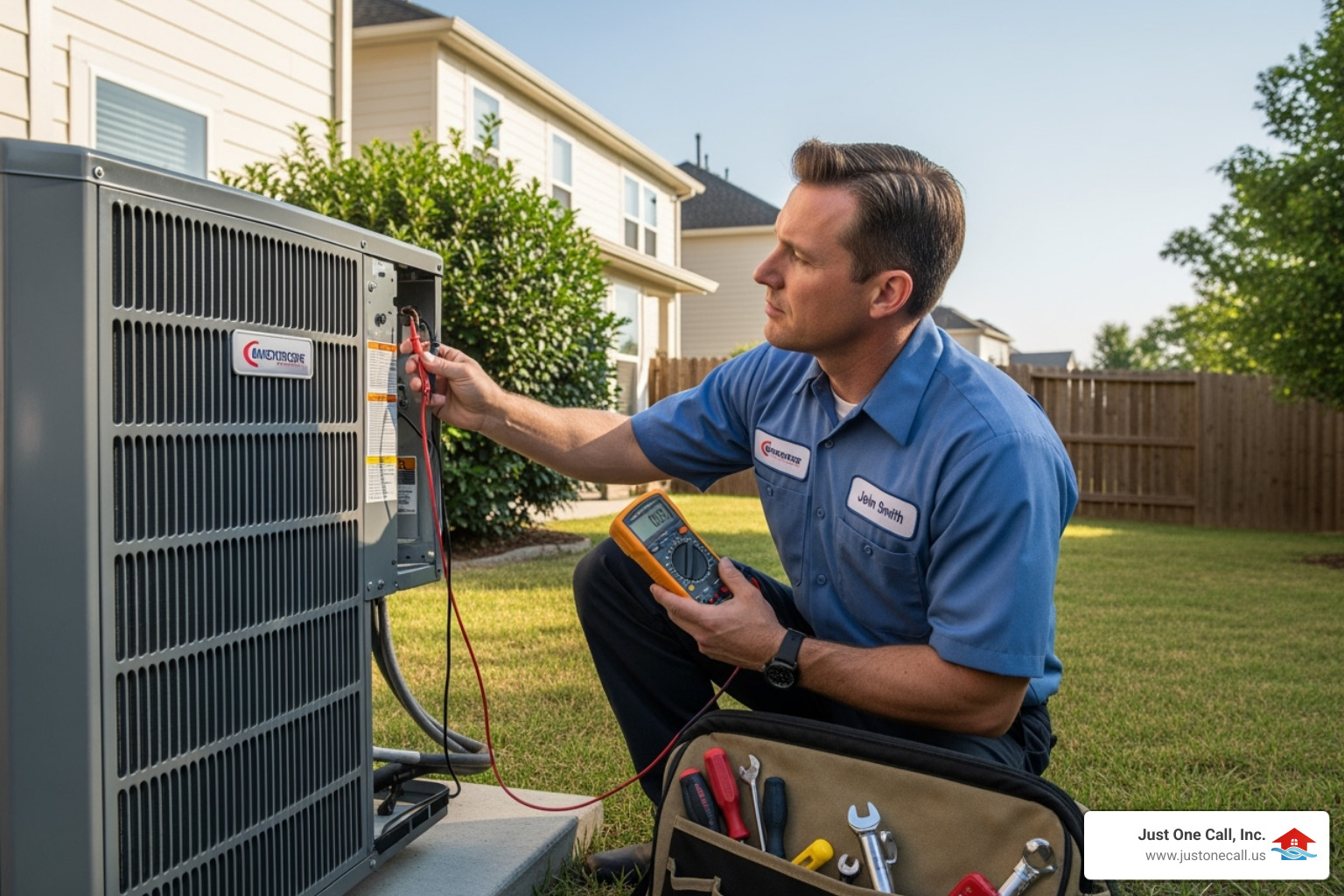
Let’s be honest – Glendale’s beautiful weather comes with a price. When summer hits, those gorgeous sunny days can push temperatures into the triple digits, and your air conditioning system suddenly becomes the hardest-working appliance in your home.
Unlike folks in milder climates who might run their AC a few months out of the year, your system is pulling double duty. It’s working longer hours, handling more extreme heat, and dealing with the constant stop-and-start cycle that comes with our desert climate. This isn’t just tough on your system – it’s a recipe for unexpected breakdowns right when you need cooling the most.
That’s exactly why getting an ac tune up glendale service isn’t optional – it’s essential for survival in our climate. Think of it as giving your AC system the strength training it needs to handle what Glendale throws at it.
Here’s what regular maintenance delivers for your home and wallet:
Lower energy bills become a reality when your system doesn’t have to fight against dirty coils and clogged filters. A well-tuned AC moves air efficiently, meaning it reaches your desired temperature faster and uses less electricity doing it. Many homeowners see noticeable drops in their monthly utility costs after their first tune-up.
Fewer breakdowns happen because our technicians catch the small stuff before it becomes big, expensive problems. A loose electrical connection or worn belt might seem minor, but in Glendale’s heat, these little issues can cause your entire system to fail on the hottest day of the year.
Improved indoor air quality makes a huge difference for your family’s comfort and health. When components like evaporator coils get dirty, they can harbor dust, allergens, and even mold that gets circulated throughout your home. Regular cleaning keeps the air you breathe fresh and clean.
Consistent cooling throughout your home means no more hot spots in certain rooms or uneven temperatures that leave some family members uncomfortable. A properly maintained system distributes cool air evenly and maintains steady temperatures.
The bottom line? Annual tune-ups protect your investment and keep your family comfortable when the Glendale heat is at its worst. For a deeper dive into why this matters so much, check out our guide on Why Regular AC Maintenance is Essential and find all the Annual AC Tune-Up Benefits. You can also learn more about the climate in Glendale, Arizona to understand just how demanding our weather can be on cooling systems.
The Professional AC Tune-Up Checklist: What to Expect
When you schedule an ac tune up glendale service with us, you’re getting much more than a quick once-over. Think of it as a comprehensive health check-up for your cooling system – one that could save you hundreds (or even thousands) in emergency repairs down the road.
Our technicians arrive with a detailed checklist that covers every component of your AC system. We don’t just peek at a few parts and call it good. Instead, we methodically work through your entire system to ensure everything is clean, calibrated, and ready to handle whatever Mother Nature throws at us. You can learn more about our thorough approach on our AC Maintenance Glendale CA page.
Here’s what happens during your tune-up visit:
Indoor Unit Inspection
Your indoor unit works hard behind the scenes, and it deserves some attention. We start with thermostat calibration because even a few degrees off can make your system work overtime. A miscalibrated thermostat is like having a broken speedometer in your car – you never quite know what’s really happening.
Next comes air filter replacement. This might seem simple, but a dirty filter is one of the biggest efficiency killers we see. It’s like trying to breathe through a dirty sock – your system has to work so much harder to pull air through. We’ll check your current filter and swap it out if needed, plus recommend the best type for your home’s specific needs.
The blower components get a thorough inspection too. These parts move all that beautiful cool air throughout your home, so we make sure they’re clean and running smoothly. Nobody wants a noisy blower motor interrupting their favorite TV show.
We also tackle condensate drain line cleaning. This little drain removes moisture from your system, but when it gets clogged, you can end up with water damage or even mold growth. We clear any blockages to keep everything flowing properly.
Finally, we clean your evaporator coil – the component that actually absorbs heat from your indoor air. Over time, it collects dust and grime that acts like a blanket, preventing it from doing its job effectively. A clean coil means better cooling and lower energy bills.
Outdoor Unit Inspection
Your outdoor unit faces the elements every day, so it needs special attention. We start with condenser coil cleaning because dirt, leaves, and even cottonwood fluff can coat these coils and make your system work much harder than necessary.
The fan motor and blade inspection ensures everything is spinning properly and securely mounted. A loose fan blade can create vibrations that damage other components – and trust us, you don’t want to hear what that sounds like at 2 AM.
We also provide lubrication of moving parts because friction is the enemy of any mechanical system. Proper lubrication keeps everything running smoothly and quietly while preventing premature wear.
Clearing debris might sound basic, but you’d be amazed at what we find around outdoor units. Leaves, twigs, toys, and sometimes even small animals have made themselves at home near AC units. We clear everything away to ensure proper airflow.
System-Wide Checks
The real magic happens when we look at how all these components work together. Our refrigerant level check ensures your system has the right amount of this crucial fluid. Too little refrigerant means poor cooling and higher energy bills. Too much can damage your compressor.
We also handle electrical connection tightening because loose connections are both dangerous and inefficient. Heat builds up at loose connections, which can lead to component failure or even fire hazards.
Our start-up and shut-down cycle testing verifies that your system turns on and off properly, following the correct sequence. This prevents hard starts that can damage components over time.
Finally, we inspect your ductwork for leaks, obstructions, or damage. Even the most efficient AC unit can’t overcome leaky ducts that let your expensive cooled air escape into your attic or crawl space. This comprehensive approach helps ensure your AC Service System Running Smoothly.
This thorough process typically takes 60-90 minutes, depending on your system’s condition. By the time we’re finished, your AC will be ready to handle whatever Glendale’s climate throws at it.
Your Guide to Scheduling an AC Tune Up Glendale Service

Think of scheduling your ac tune up glendale service like planning a vacation – timing is everything. The sweet spot for annual maintenance is spring, before our legendary Glendale heat kicks into high gear. This gives your system a clean bill of health right when you need it most, helping you avoid those dreaded mid-summer breakdowns when everyone else is calling for emergency repairs.
Getting ahead of the game with spring maintenance means your AC is ready to handle whatever Mother Nature throws at us. Plus, HVAC companies typically have more availability in spring, so you can schedule at your convenience rather than waiting days for an emergency call. For tips on maximizing your system’s performance, check out how to Boost Efficiency with AC Tune-Up Services.
Warning Signs Your AC Needs an AC Tune Up Glendale Service
Your air conditioning system has its own way of asking for help – you just need to know how to listen. Weak airflow is often the first cry for attention, usually pointing to a clogged filter, blower issues, or ductwork problems that need professional eyes.
Strange sounds coming from your unit are like your AC’s way of waving a red flag. Grinding, squealing, or banging noises typically mean mechanical parts are crying out for help before they fail completely. Similarly, unusual odors – whether musty smells suggesting mold growth or burning scents hinting at electrical troubles – should never be ignored.
When your AC starts blowing warm air from the vents, it’s clearly not doing its job. This could signal anything from low refrigerant to compressor problems. High indoor humidity is another telltale sign, as your system should naturally dehumidify your home while cooling it.
Keep an eye on your energy bills too. Rising costs without increased usage often mean your system is working overtime due to inefficiency. Finally, frequent cycling – when your unit turns on and off more often than usual – suggests underlying issues that need professional diagnosis.
DIY vs. Professional Maintenance
We love homeowners who want to take care of their systems, and there are definitely some tasks you can handle safely on your own. Changing air filters every 1-3 months is probably the most important thing you can do yourself – it’s simple, effective, and keeps your system breathing easy.
You can also help your outdoor unit by clearing away debris like leaves and grass clippings that might block airflow. Just make sure to keep those indoor vents clear of furniture and curtains too.
But here’s where we draw the line – some jobs require professional expertise for good reason. Refrigerant handling involves hazardous chemicals that need special licensing and training. Electrical work on high-voltage components can be dangerous, and comprehensive diagnostics require specialized tools and years of experience.
There’s also the warranty factor to consider. Many manufacturers require professional maintenance to keep your coverage valid, so skipping professional tune-ups could leave you paying for expensive repairs out of pocket.
Choosing the Right HVAC Company in Glendale
Finding the right company for your ac tune up glendale service shouldn’t feel like rolling the dice. Start by looking for NATE-certified technicians – this certification means they’ve passed rigorous industry exams and really know their stuff.
Always verify that any company you’re considering is licensed and insured. This protects you if something goes wrong during service. Positive customer reviews on Google, Yelp, and the Better Business Bureau can give you real insights into how a company treats its customers.
Transparent pricing is non-negotiable – you should know exactly what you’re paying before any work begins. Look for companies with local experience too, because understanding Glendale’s specific climate challenges makes a real difference in service quality.
Finally, choose a provider that offers comprehensive services so you have one trusted partner for all your HVAC needs. At Just One Call, Inc., we believe in being that reliable partner, offering everything from tune-ups to complete system installations. Learn more about our full range of HVAC Company Services Glendale CA.
The Financial Benefits of Regular Maintenance
Let’s talk about something every homeowner loves: saving money. When you invest in regular ac tune up glendale service, you’re not just maintaining your comfort – you’re making one of the smartest financial decisions for your home. While there’s an upfront cost for maintenance, the long-term savings and value make it a no-brainer investment.
Think of it this way: would you rather spend a small amount each year on preventive care, or face a massive repair bill (or complete replacement) during the hottest day of summer? We’ve seen too many homeowners learn this lesson the hard way.

Impact on Energy Efficiency and Utility Bills
Here’s where the magic really happens – your monthly utility bills. A well-maintained AC system is like a well-tuned car: it simply runs more efficiently and costs less to operate.
When your evaporator and condenser coils are clean, your system doesn’t have to work overtime to transfer heat. Dirty coils are like trying to breathe through a clogged nose – everything becomes harder and less efficient. Our tune-ups ensure these critical components are spotless, allowing your system to cool your home without breaking a sweat (or your budget).
Proper refrigerant levels are equally crucial. When refrigerant runs low, your compressor works much harder to achieve the same cooling effect. It’s like trying to pump water through a nearly empty pipe – lots of effort with little result. We make sure your system has exactly the right charge to operate smoothly.
The result? Reduced energy consumption that you’ll notice on your monthly bills. A well-maintained air conditioning system operates closer to its original factory specifications, cooling your home effectively without wasting energy. Many of our customers see noticeable savings that help offset the cost of maintenance within just a few months.
For additional ways to maximize your savings, check out these helpful Tips for energy savings that complement regular maintenance.
Extending Your AC’s Lifespan
Your AC system represents a significant investment – typically several thousand dollars. Regular maintenance is your best strategy for protecting that investment and getting every possible year out of your system.
Preventing wear and tear is at the heart of what we do during each tune-up. When we lubricate moving parts, tighten electrical connections, and ensure all components are clean and functioning correctly, we’re reducing friction and stress throughout the system. This prevents premature aging of expensive components like your compressor and fan motor.
Even more important is preventing catastrophic failure. Small problems have a way of becoming big, expensive problems if left unchecked. A dirty filter can strain your blower motor. Loose electrical connections can damage sensitive components. Low refrigerant can destroy your compressor. We catch these issues early, before they create a domino effect of failures.
The payoff is substantial: a well-maintained system can last up to 15 years, providing reliable cooling through many hot Glendale summers. Without regular care, systems often fail prematurely, sometimes cutting their lifespan in half. By extending your unit’s life, you’re deferring the significant cost of replacement while maximizing your original investment.
Our AC Service to Extend Unit Lifespan is specifically designed with this long-term value in mind.
Finding an HVAC Maintenance Plan for your AC Tune Up Glendale
Want to make maintenance even easier and more cost-effective? Our HVAC maintenance plans are designed specifically for Glendale homeowners who want maximum value and peace of mind.
Seasonal maintenance plans typically include your annual AC tune-up (and often heating system service in the fall), ensuring your equipment is ready for whatever Mother Nature throws at it. You’ll never have to worry about forgetting to schedule service – we handle the reminders for you.
Priority service is a game-changer during peak season. When everyone’s AC decides to quit on the same 95-degree day, our maintenance plan members get bumped to the front of the line. That alone can be worth the cost of the plan.
The financial benefits continue with discounted repair rates for plan members. If your system does need repairs, you’ll pay less than standard rates. Plus, there’s tremendous peace of mind knowing your system receives regular professional attention from technicians who understand Glendale’s demanding climate.
Scheduling becomes effortless when you’re on a maintenance plan. We track when your system is due for service and reach out to you, taking one more thing off your busy schedule.
Ready to start saving? Explore our HVAC Maintenance Plan Glendale CA options to find the perfect fit for your home and budget. Your future self (and your wallet) will thank you.
Frequently Asked Questions about AC Tune-Ups
We know choosing an ac tune up glendale service can bring up plenty of questions. After years of helping Glendale homeowners keep their cool, we’ve heard them all! Here are the answers to the most common questions we get.
What is the typical cost of an AC tune-up in Glendale?
The cost of an ac tune up glendale service varies by provider and depends on what’s included in their service checklist. However, here’s the way we like our customers to think about it: it’s a small investment that prevents expensive breakdowns when you need your AC most.
Consider this – emergency repairs during a Glendale heat wave can cost hundreds or even thousands of dollars. Meanwhile, an annual tune-up costs a fraction of that amount and often pays for itself through energy savings alone. Many of our customers tell us their monthly utility bills drop noticeably after a thorough tune-up.
Maintenance plans offer even better value by bundling your annual service with priority scheduling and discounted repairs. It’s like having insurance for your AC system, giving you peace of mind while protecting your wallet.
How long does a professional AC tune-up take?
A comprehensive ac tune up glendale service typically takes 60 to 90 minutes from start to finish. This gives our NATE-certified technicians enough time to perform every step on our detailed checklist without rushing through important safety and performance checks.
The exact timing depends on your system’s condition and accessibility. If your AC hasn’t been maintained in a while, we might need extra time for thorough cleaning of dirty coils or clearing clogged drain lines. We prioritize thoroughness over speed because cutting corners defeats the purpose of preventative maintenance.
During this time, you’re welcome to ask questions or observe the process. Many homeowners find it educational to see exactly what goes into keeping their system running efficiently.
Will a tune-up fix my broken AC?
This is an important distinction to understand. Maintenance and repair are two different services. A tune-up is preventative care designed to keep a working system running optimally and catch small issues before they become big problems.
If your AC is already broken – blowing warm air, making strange noises, or not turning on at all – you need repair service, not just a tune-up. However, during any tune-up, our technicians will diagnose any existing issues they find.
When we find problems that need repair, we’ll clearly explain what’s wrong, provide an upfront quote for the necessary work, and get your approval before proceeding. No surprises, no hidden costs. Think of the tune-up as the diagnostic that helps us catch problems early, potentially saving you from more extensive repairs later.
For comprehensive repair services, check out our Air Conditioning Services Glendale CA page. Whether it’s maintenance or repair, we’re here to keep your home comfortable year-round.
Conclusion
Living in Glendale means your air conditioning system faces some serious challenges. Those hot summer days don’t just make you uncomfortable—they put real stress on your AC unit, working it harder than systems in milder climates. That’s exactly why an ac tune up glendale service isn’t just recommended; it’s essential for every homeowner who wants to stay cool without breaking the bank.
Throughout this guide, we’ve explored how proactive annual maintenance creates a win-win situation for both your comfort and your wallet. When you invest in regular tune-ups, you’re not just maintaining a machine—you’re saving money through dramatically lower energy bills and avoiding those heart-stopping emergency repair costs that always seem to happen on the hottest day of the year.
Your air conditioning system represents a significant investment in your home’s comfort. With proper care, you can extend your system’s life to its full potential of up to 15 years, protecting that investment and getting every bit of value from it. Think about it—would you rather pay for regular maintenance or face the shock of replacing your entire system years earlier than necessary?
Most importantly, consistent maintenance means you can ensure comfort for your family year-round. No more worrying about whether your AC will keep up during heat waves, no more dealing with uneven temperatures or poor air quality, and no more crossing your fingers every time you adjust the thermostat.
The beauty of preventive care is that it puts you in control. Instead of waiting for problems to find you, you’re staying one step ahead. Your system runs more efficiently, your indoor air stays cleaner, and you have the peace of mind that comes with knowing a professional has given your AC a clean bill of health.
For professional, honest, and efficient service that truly puts your comfort first, trust Just One Call, Inc. to handle all your HVAC needs. We understand Glendale’s unique climate challenges, and we’re committed to ensuring your satisfaction with just one call.
Ready to give your AC the care it deserves? Check out our special offers for air conditioning and heating services in Glendale, CA and schedule your tune-up today. Your future self will thank you when you’re staying cool and comfortable all summer long.
